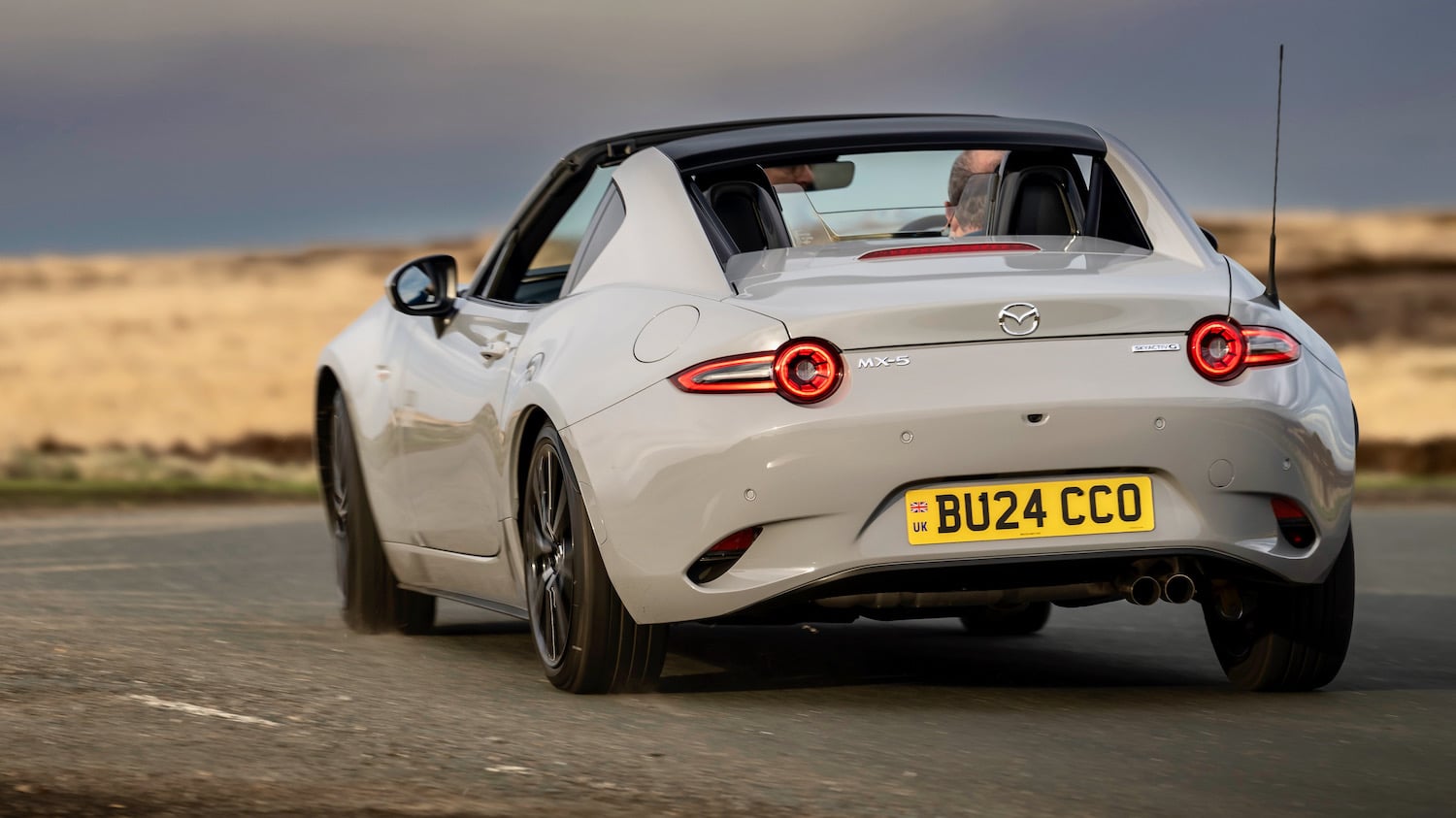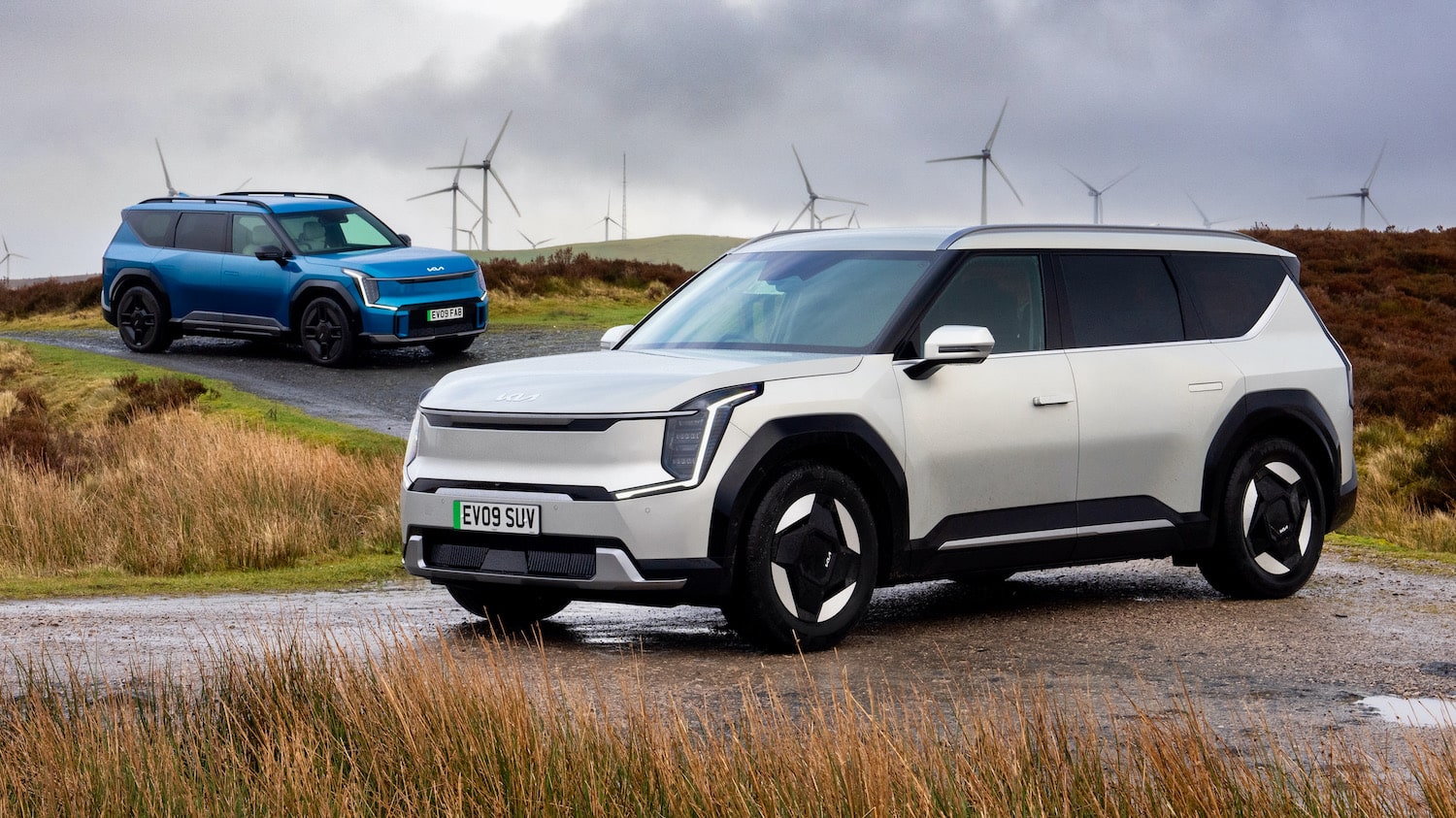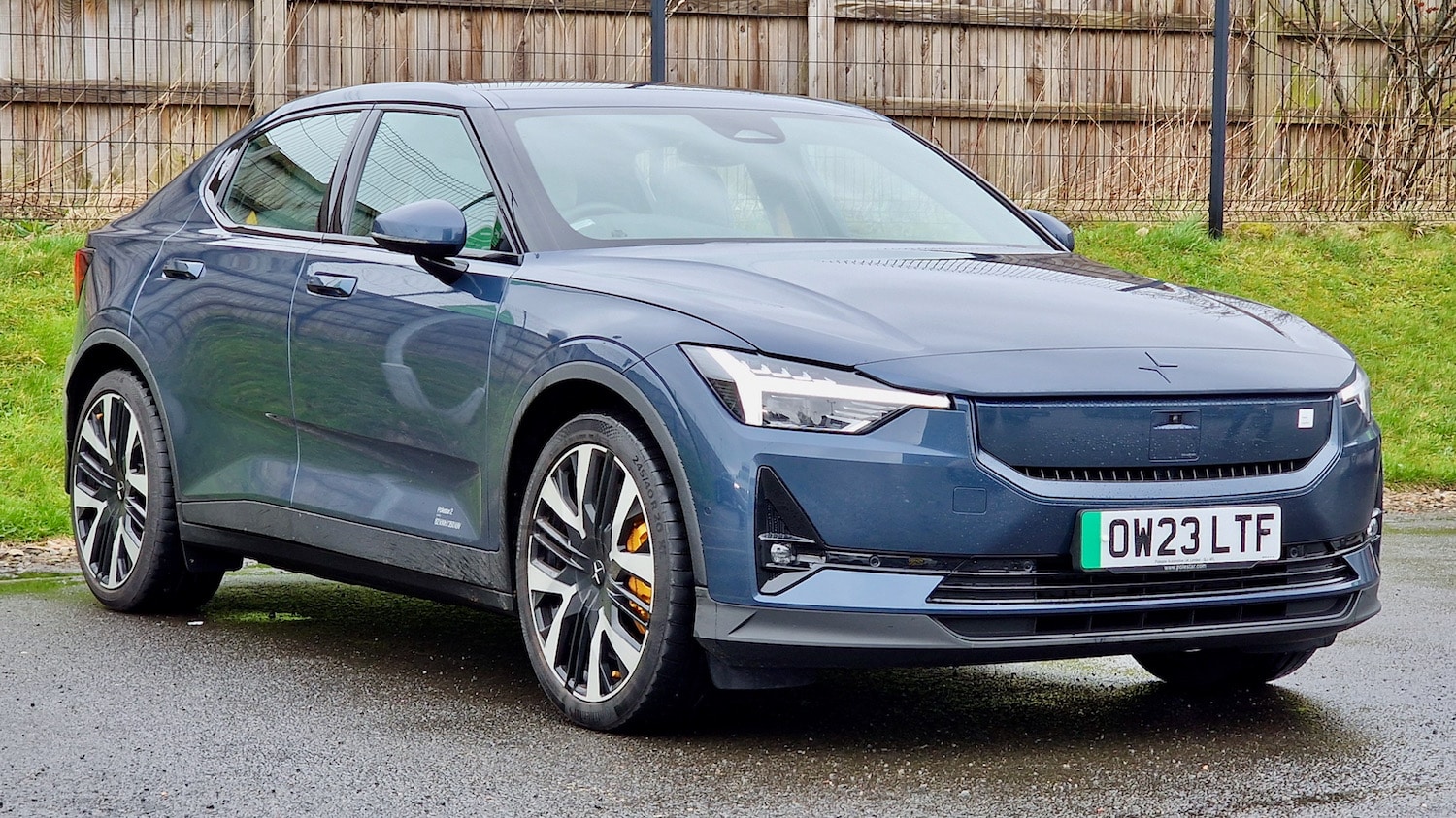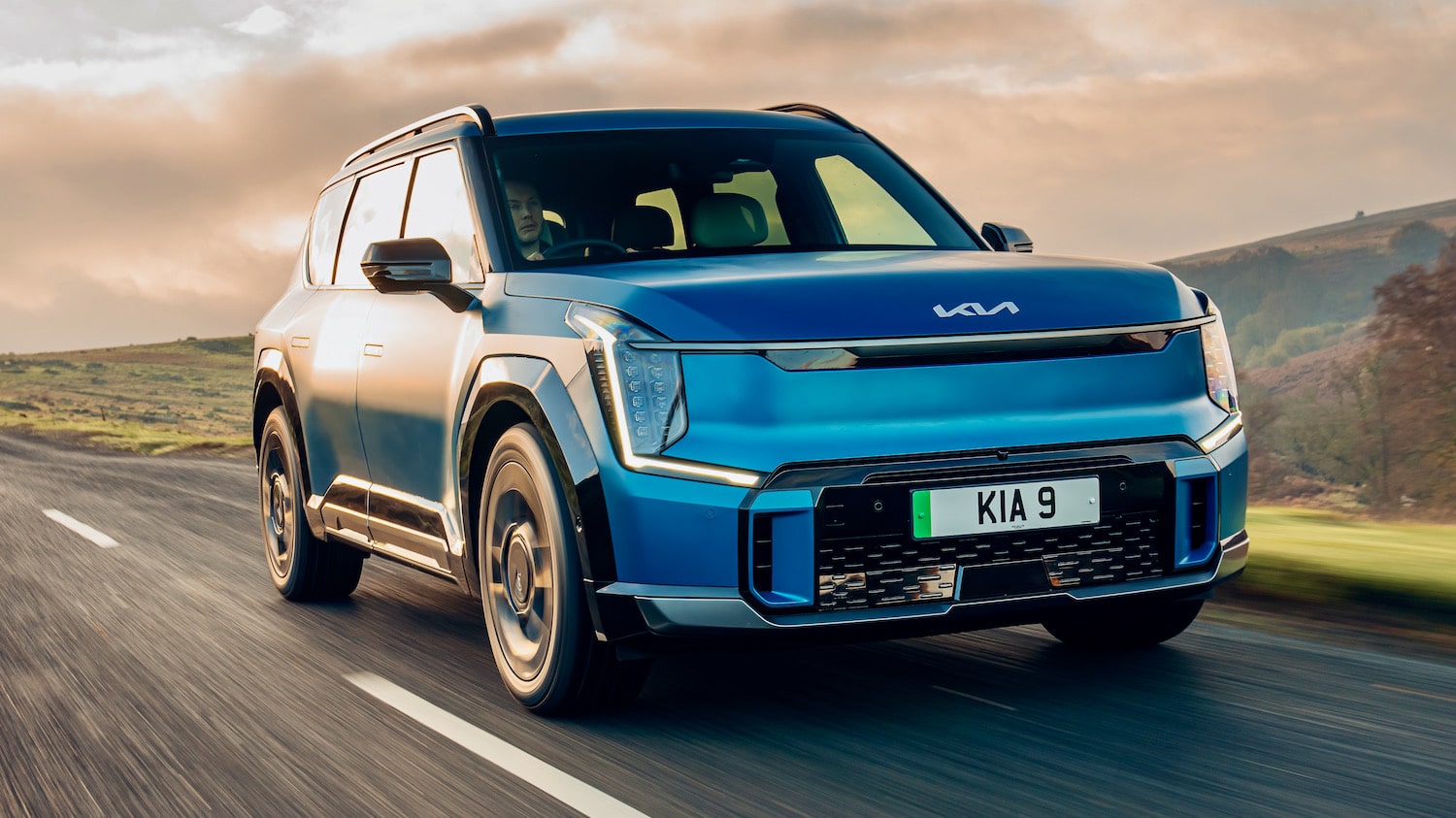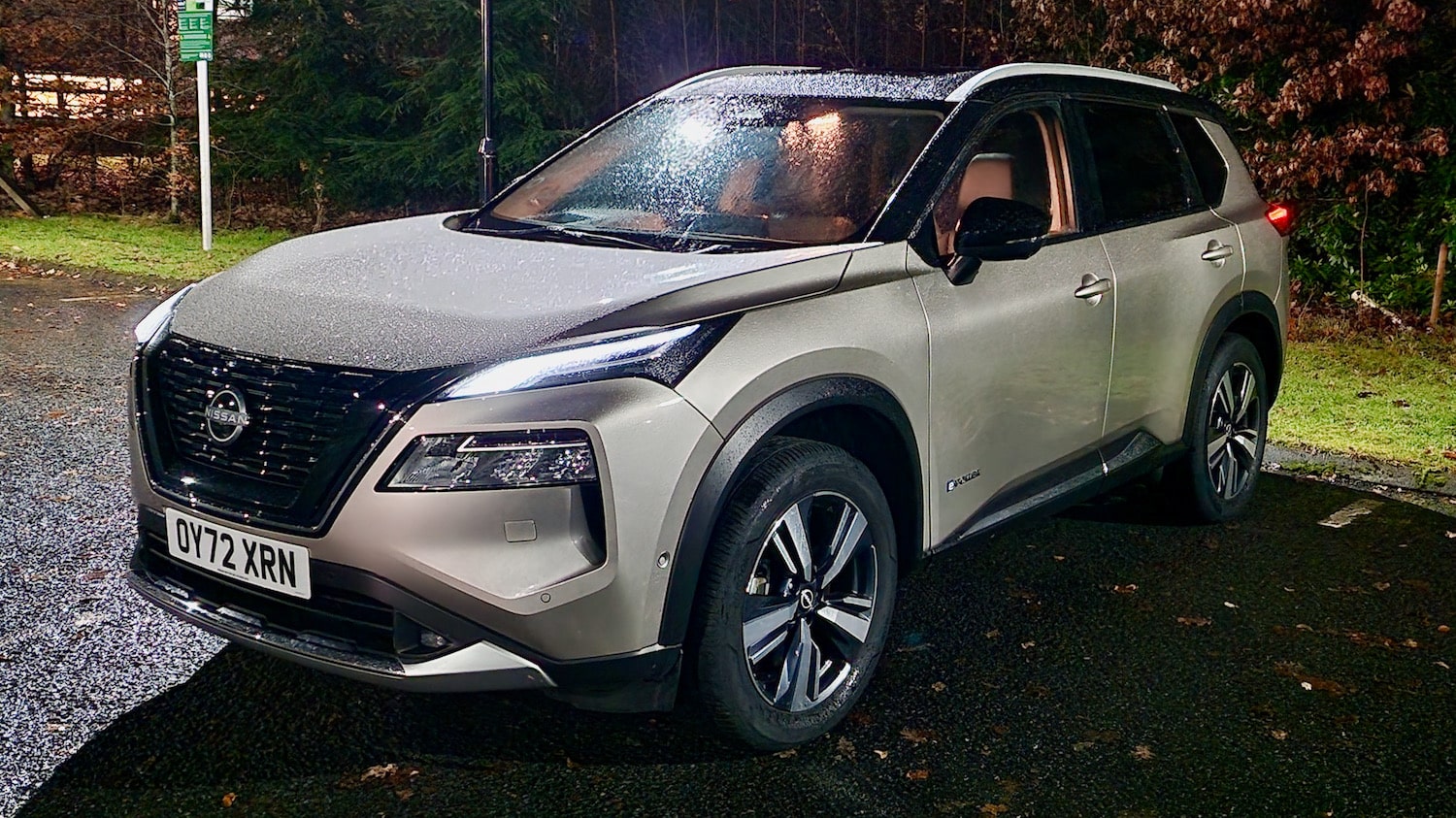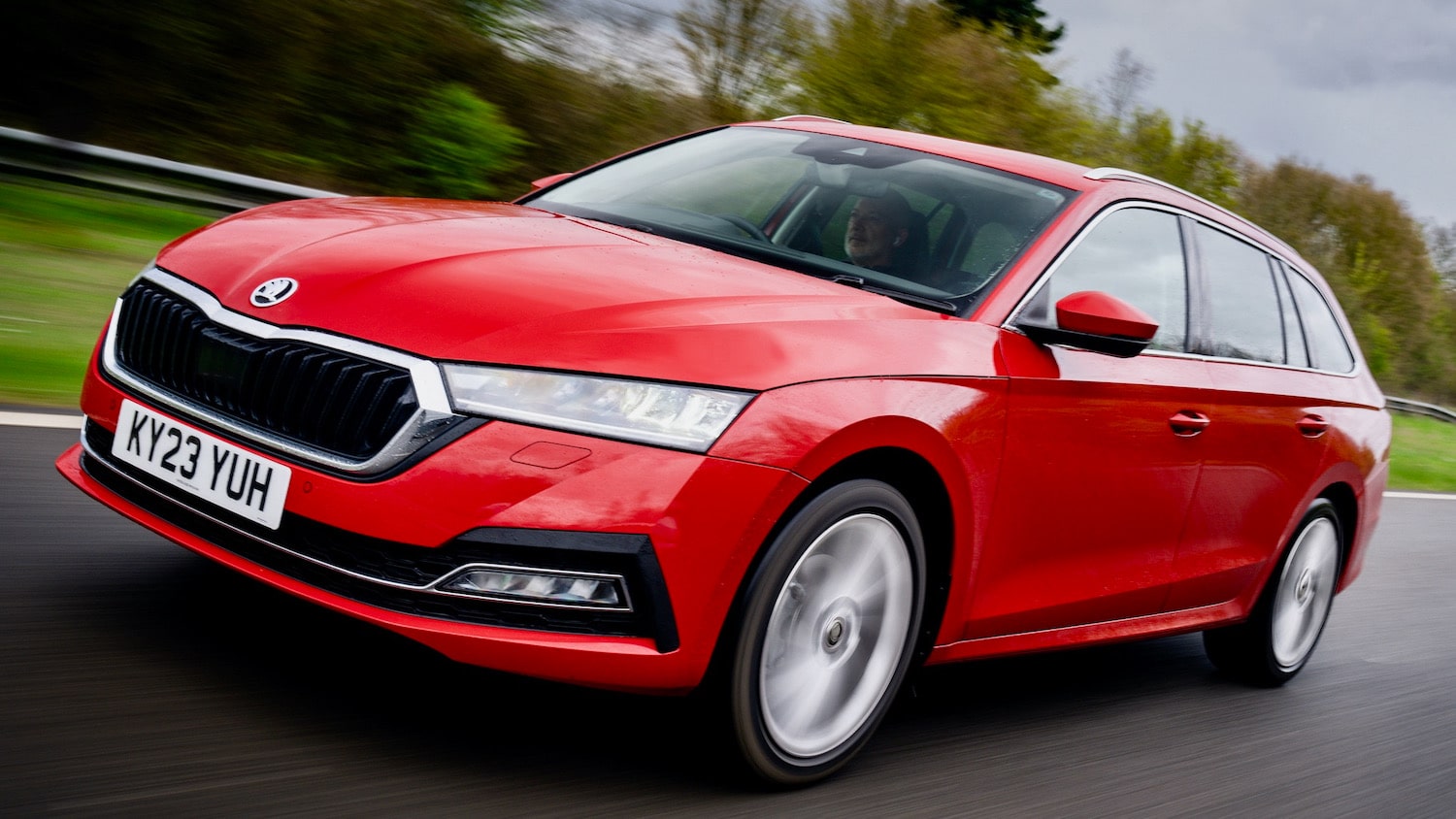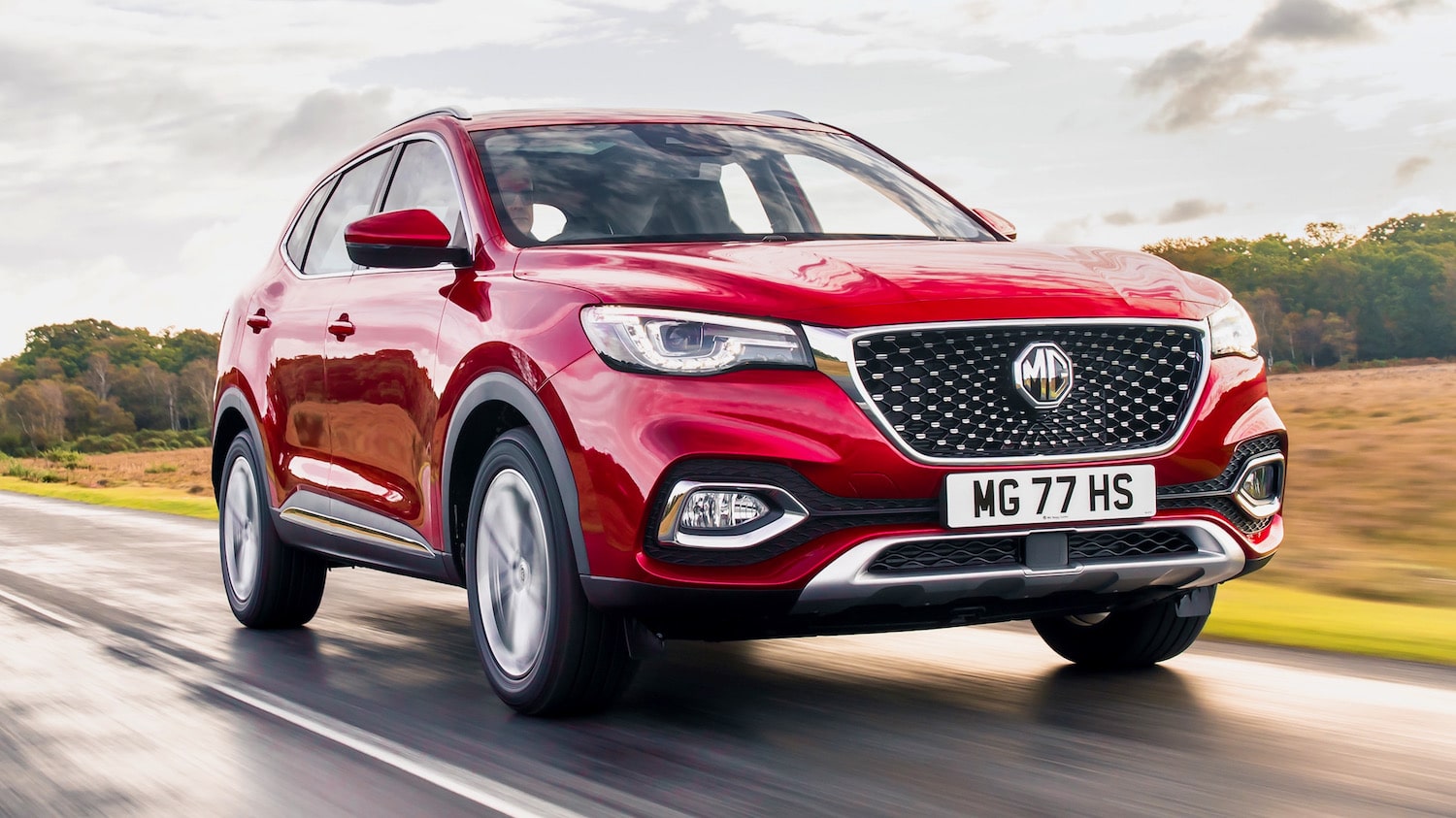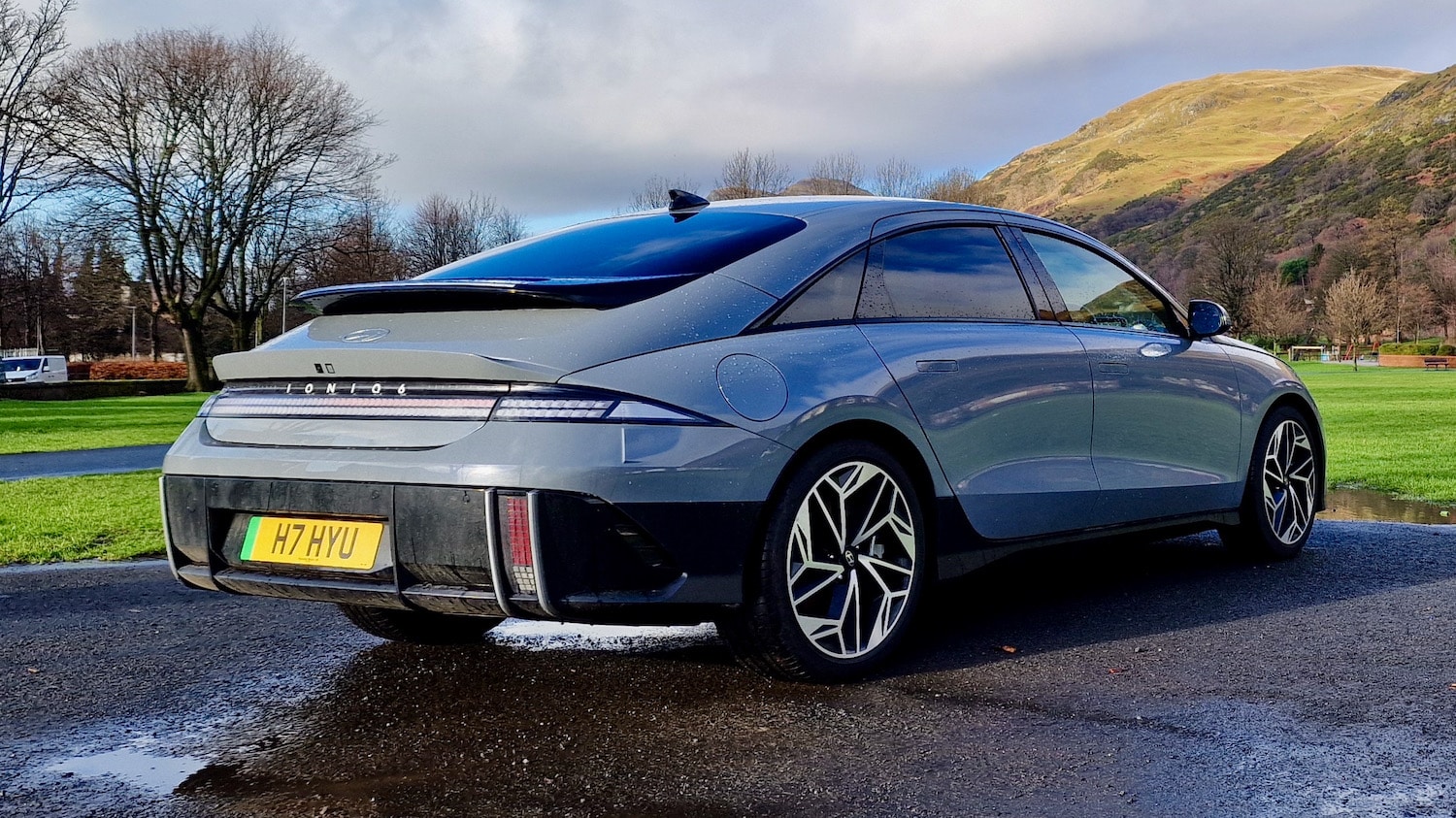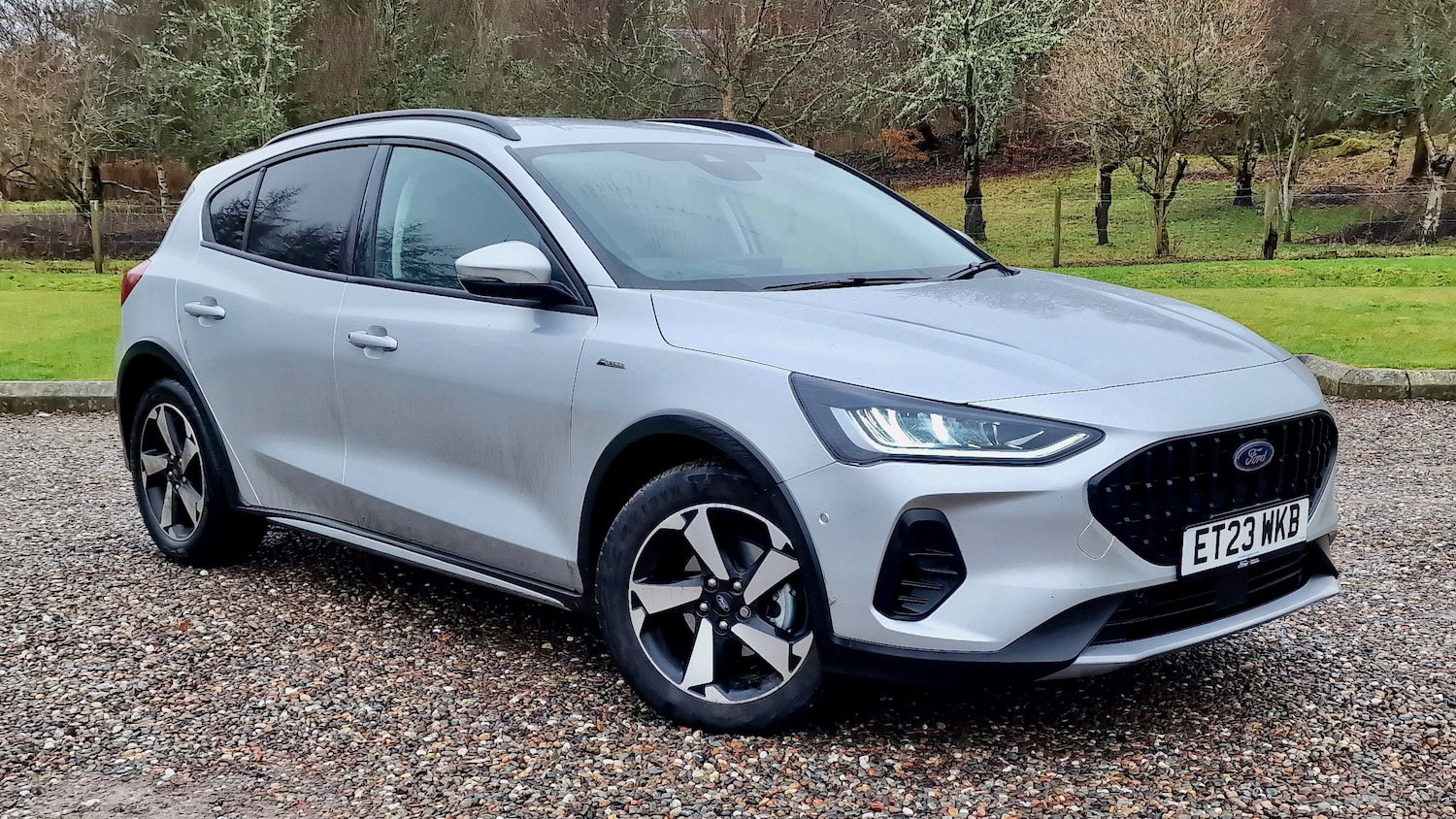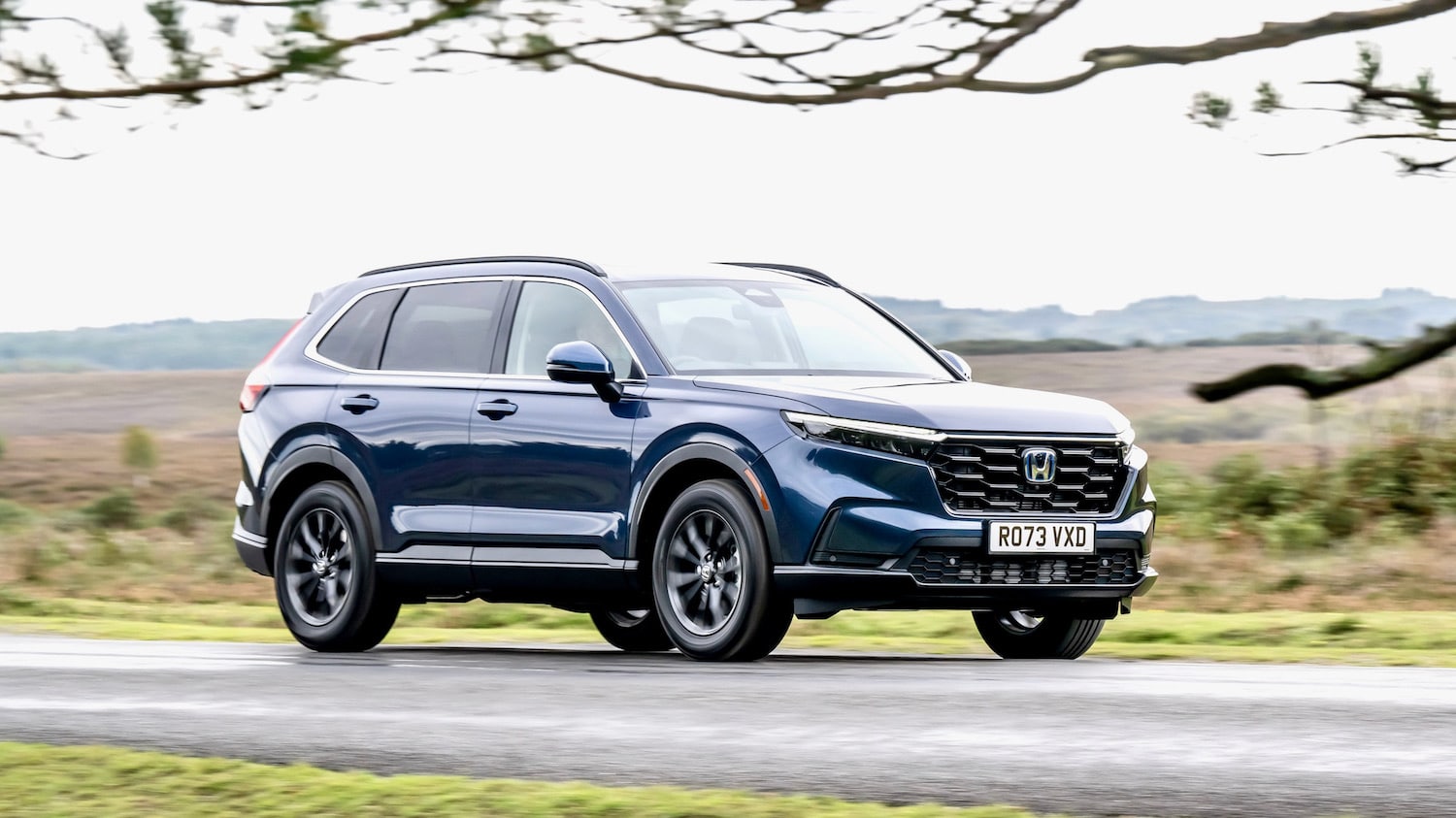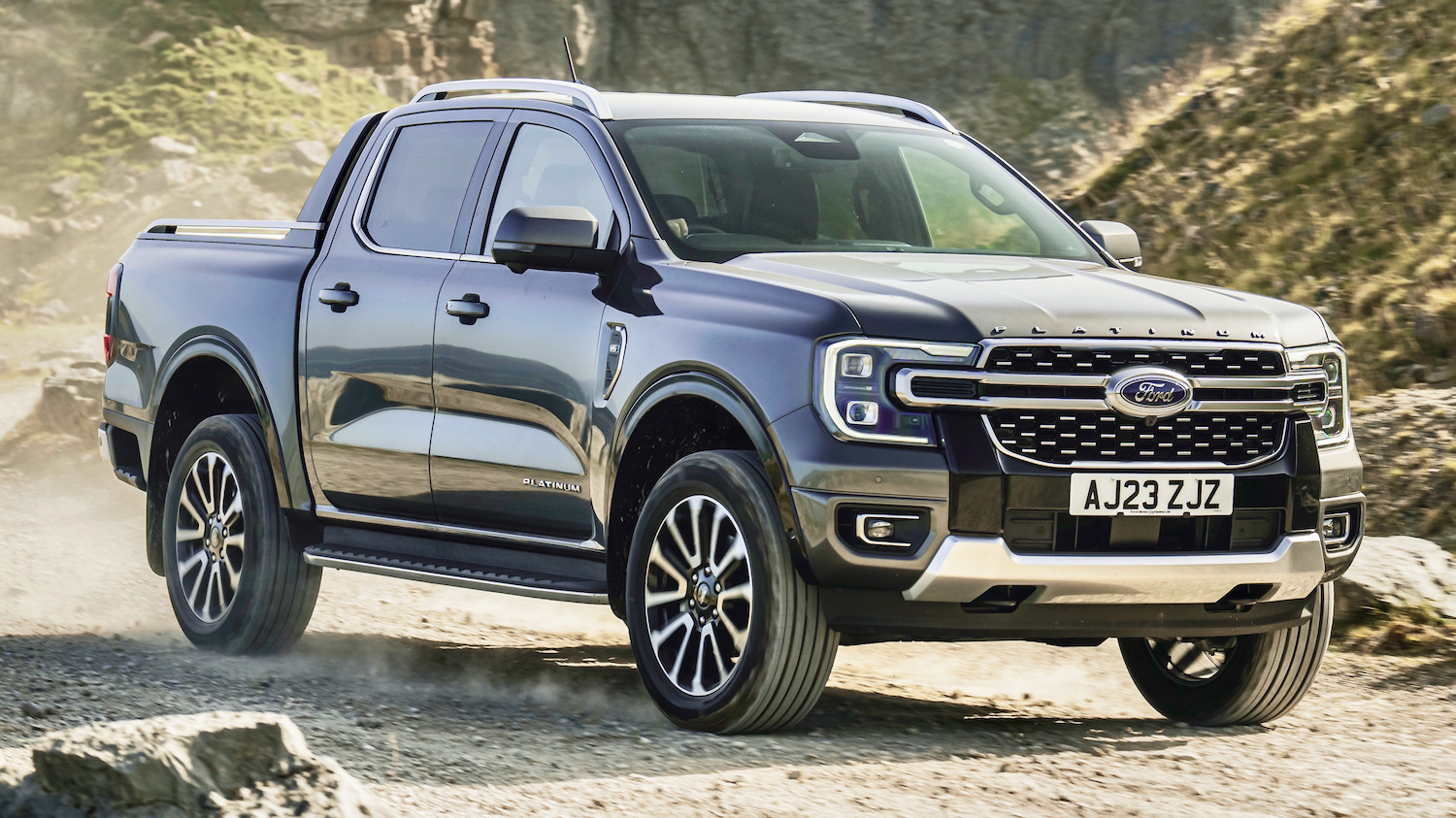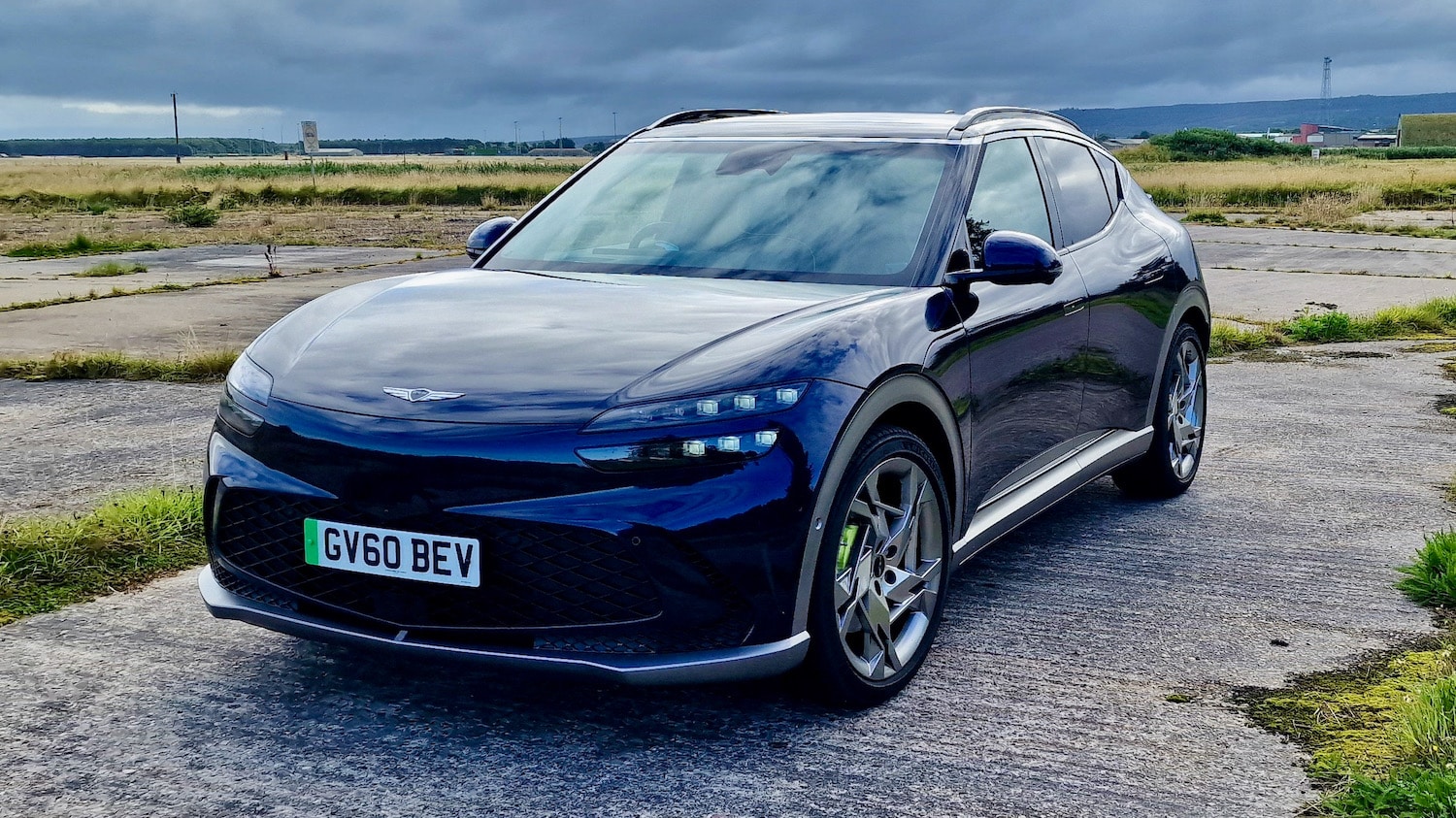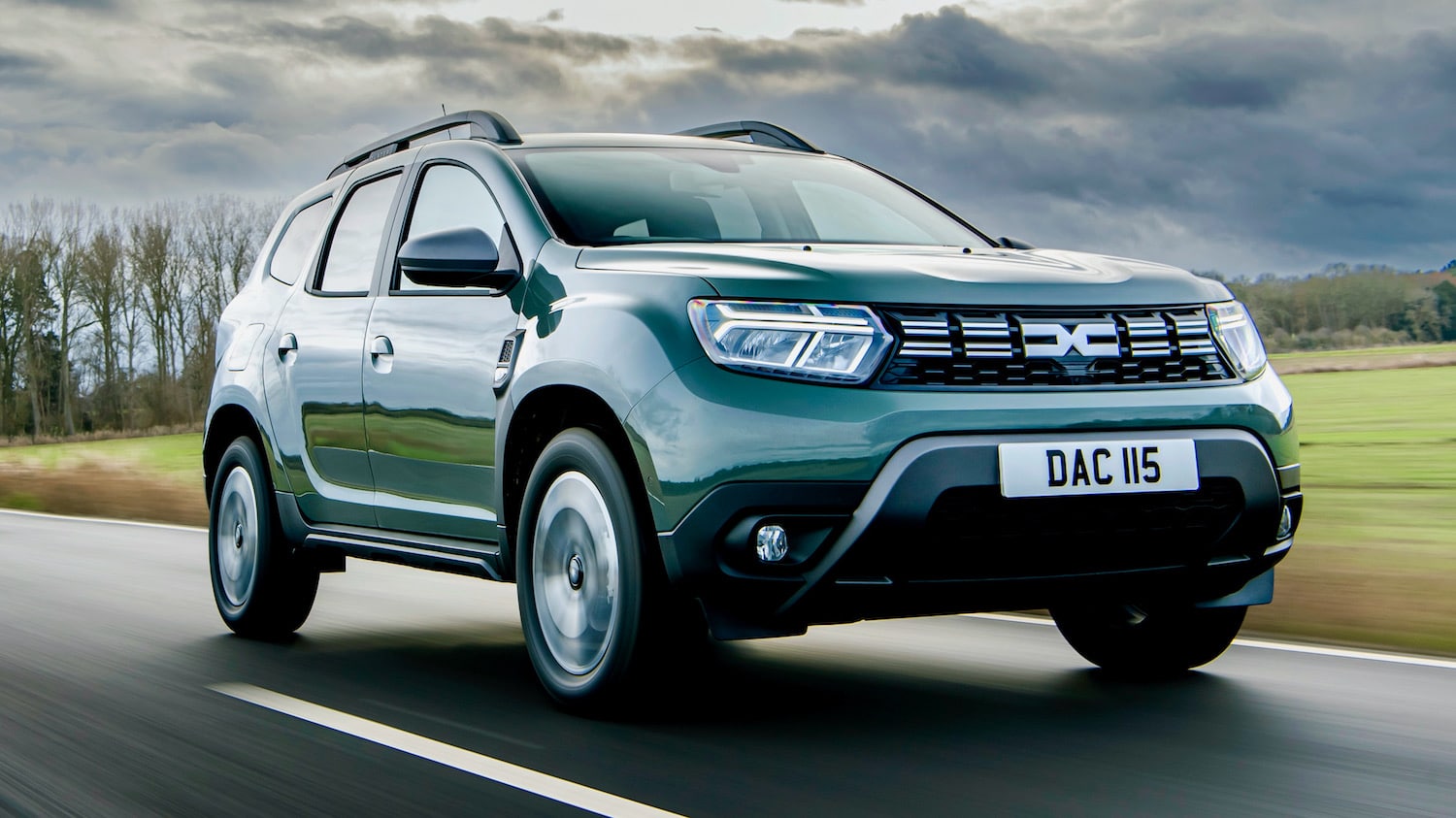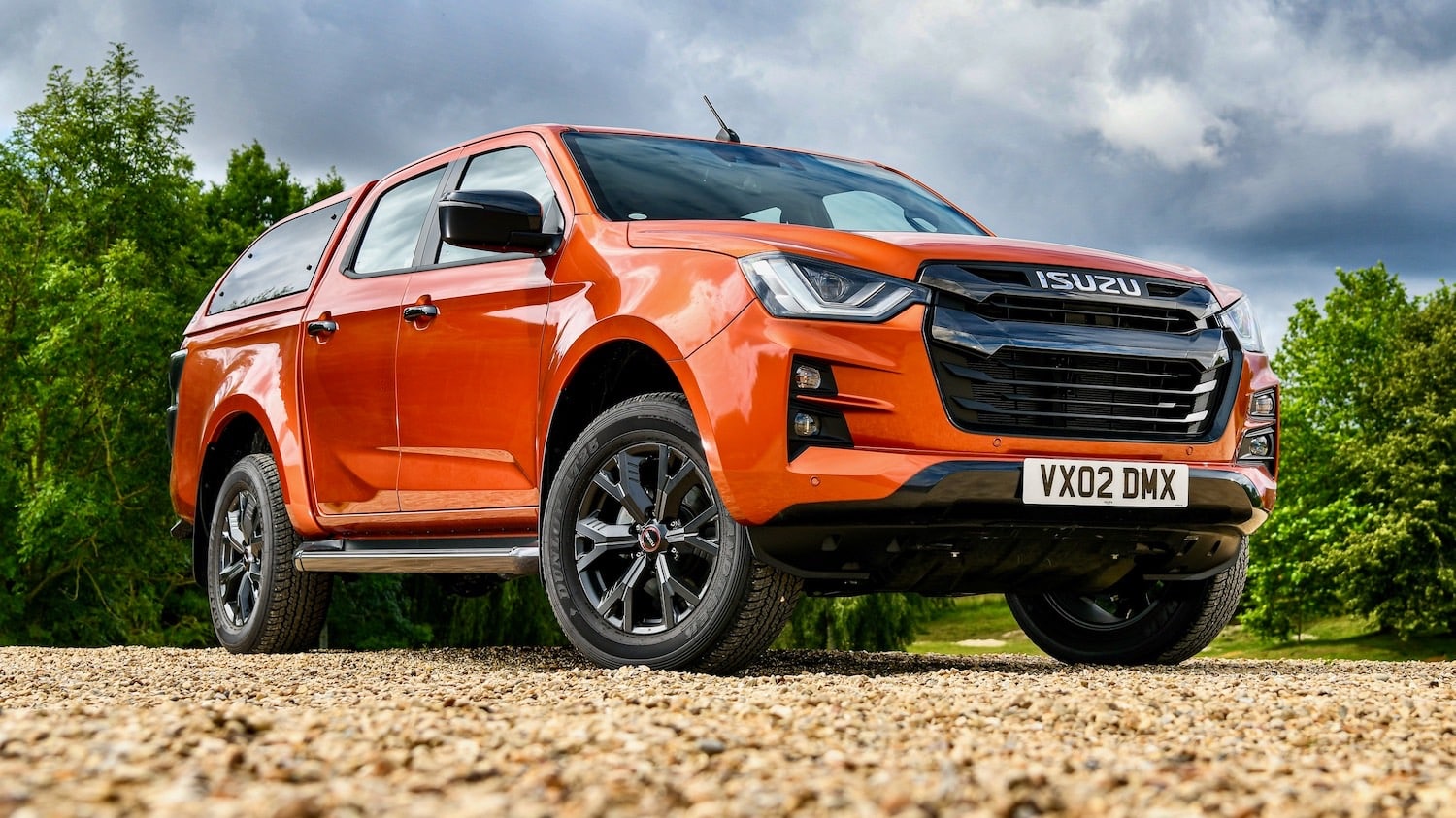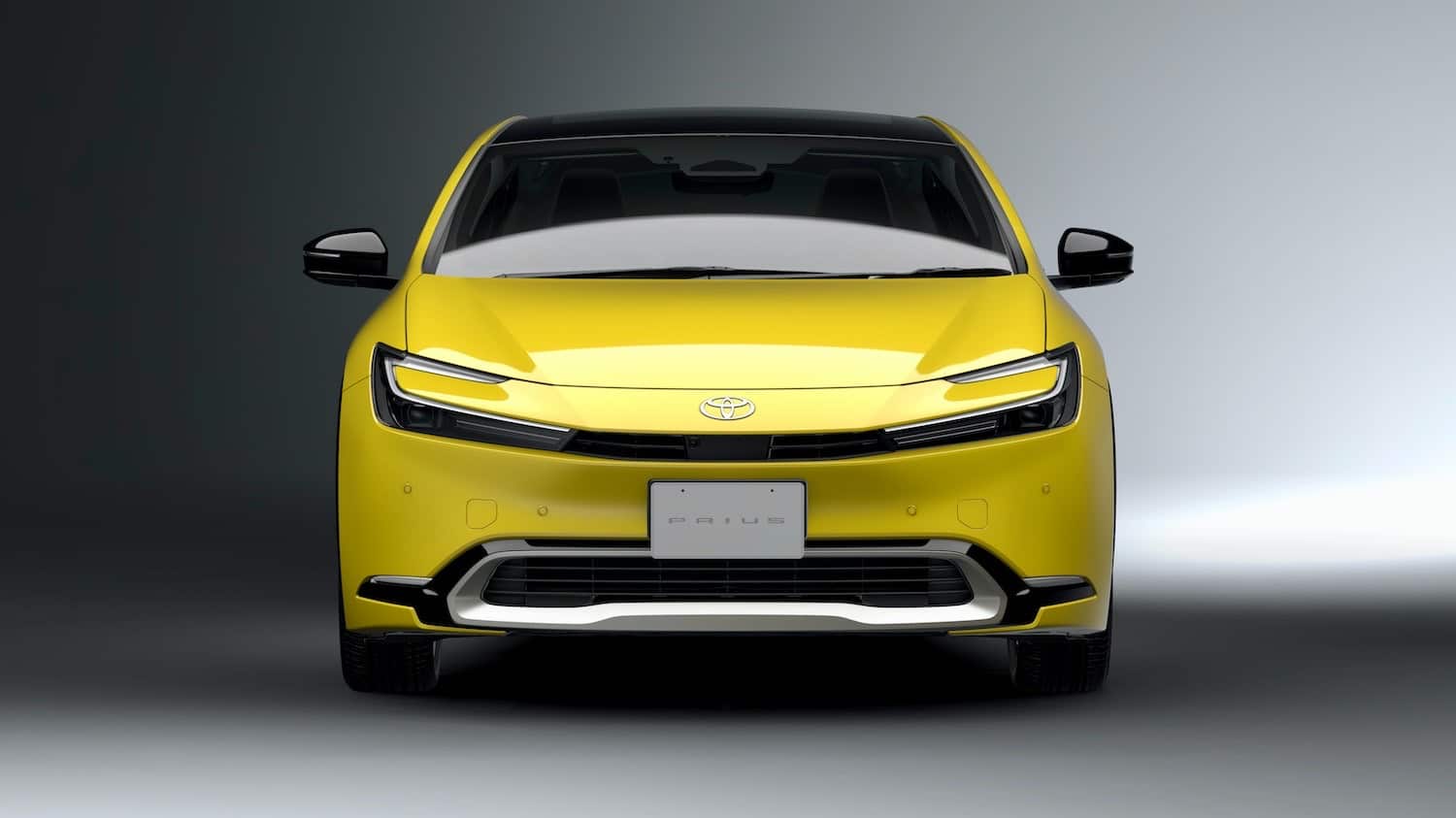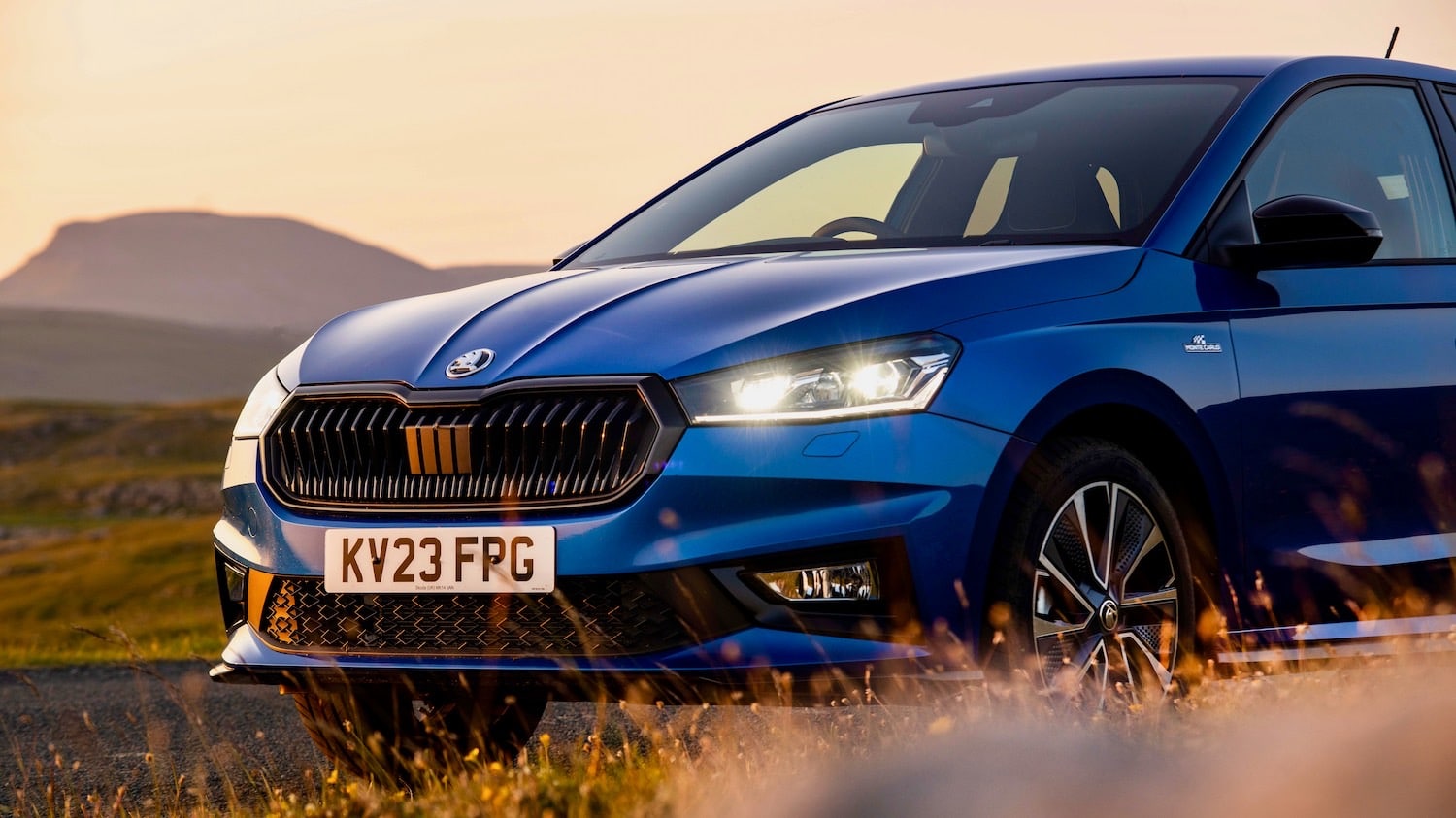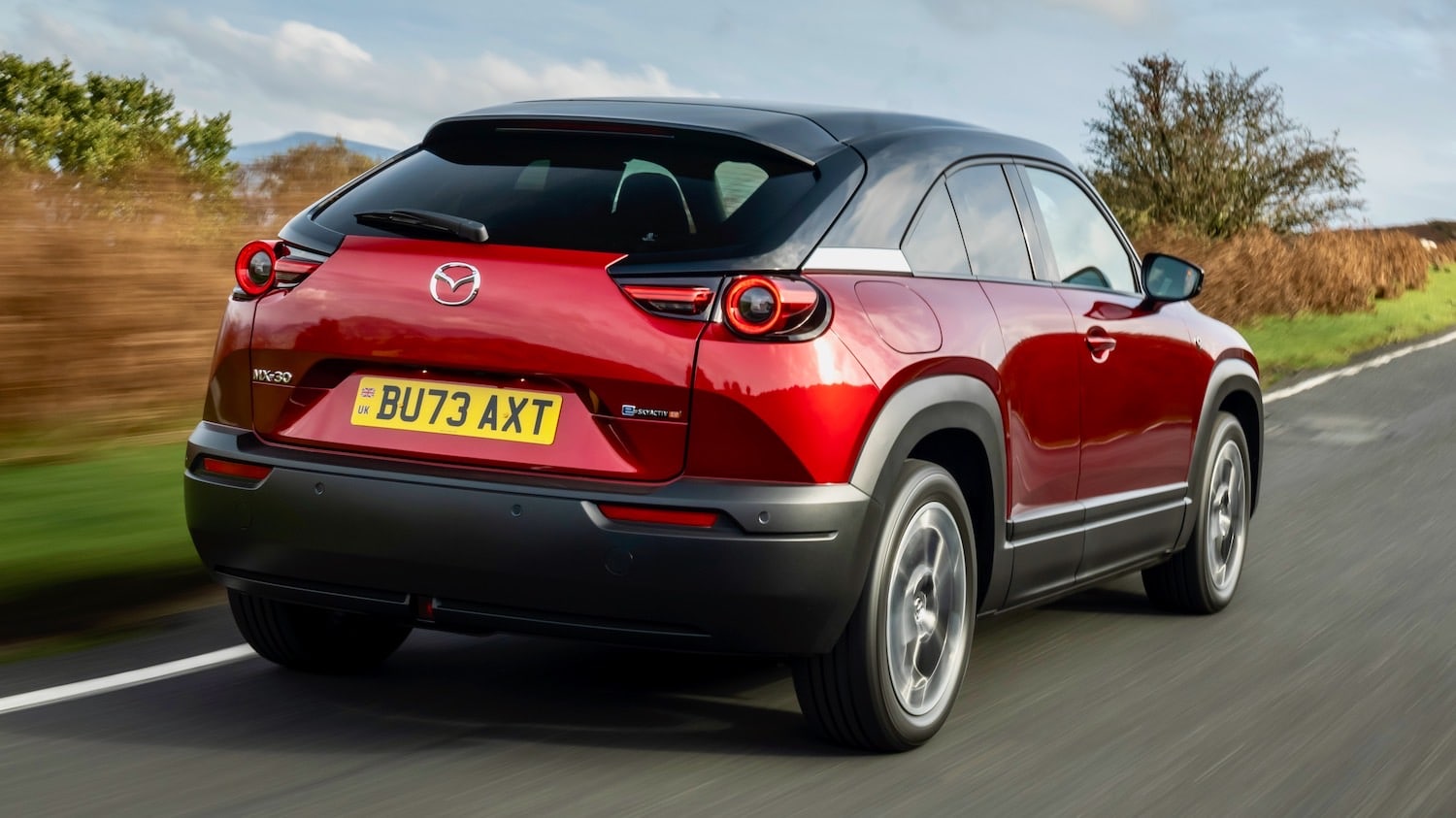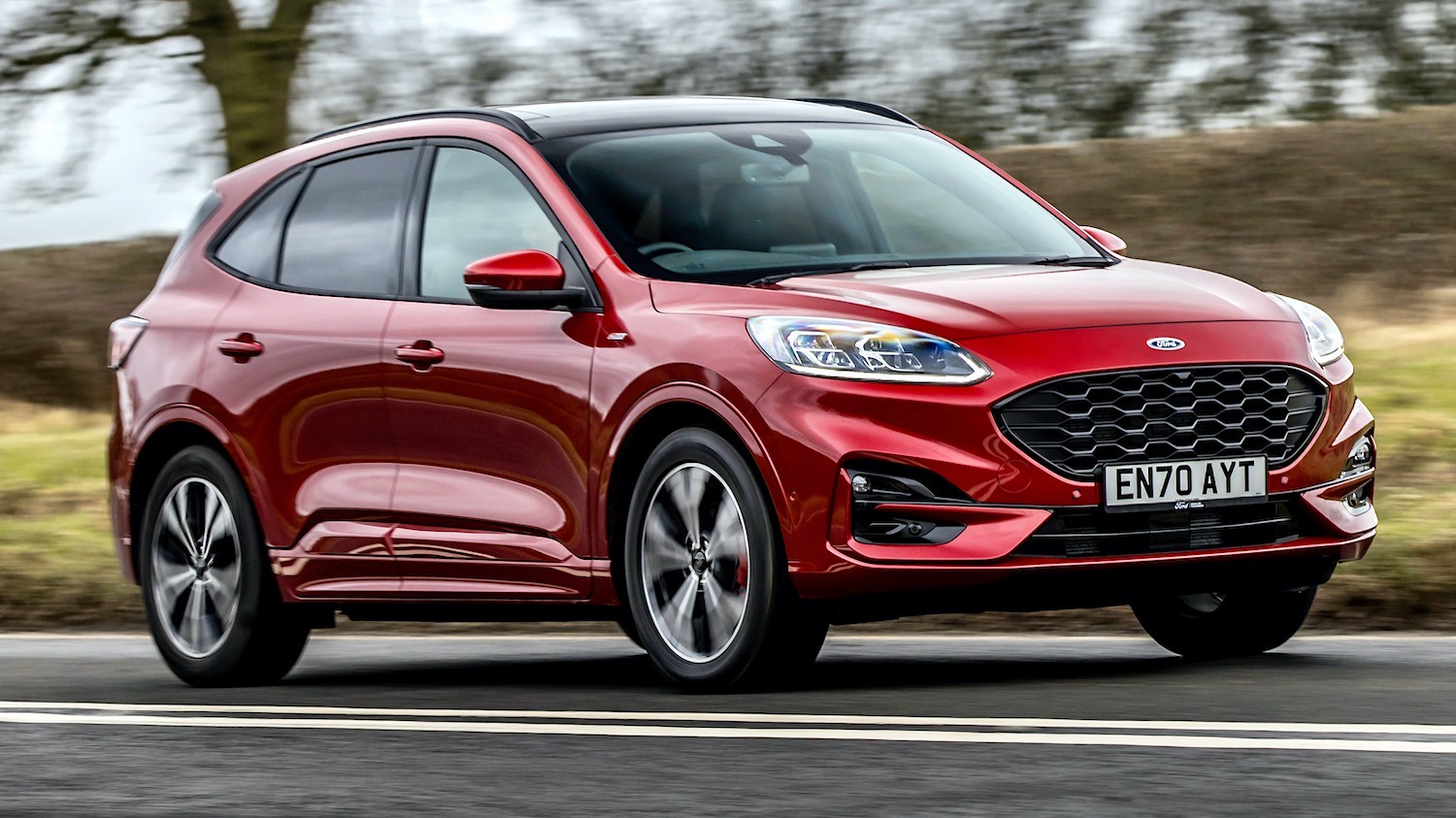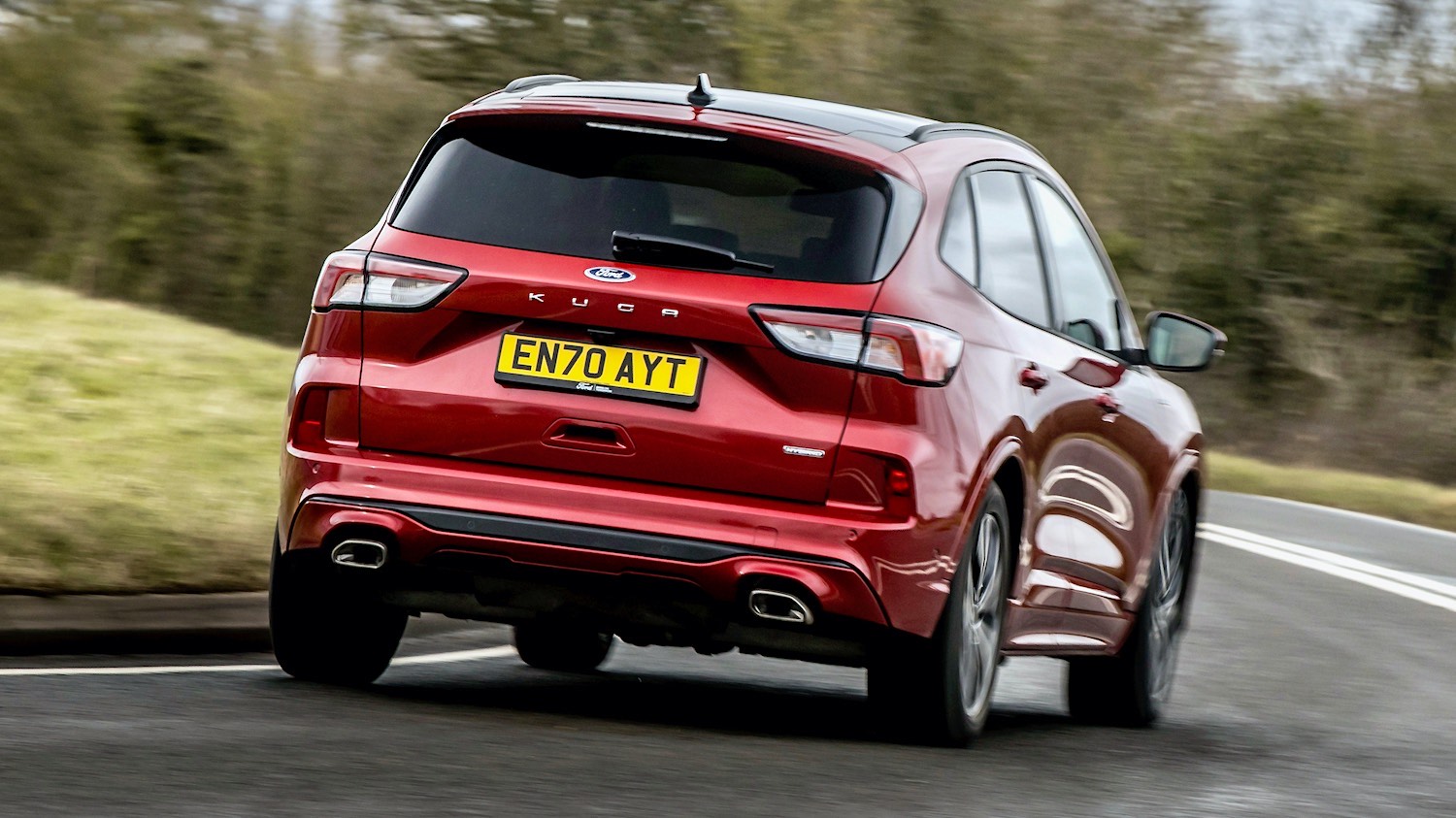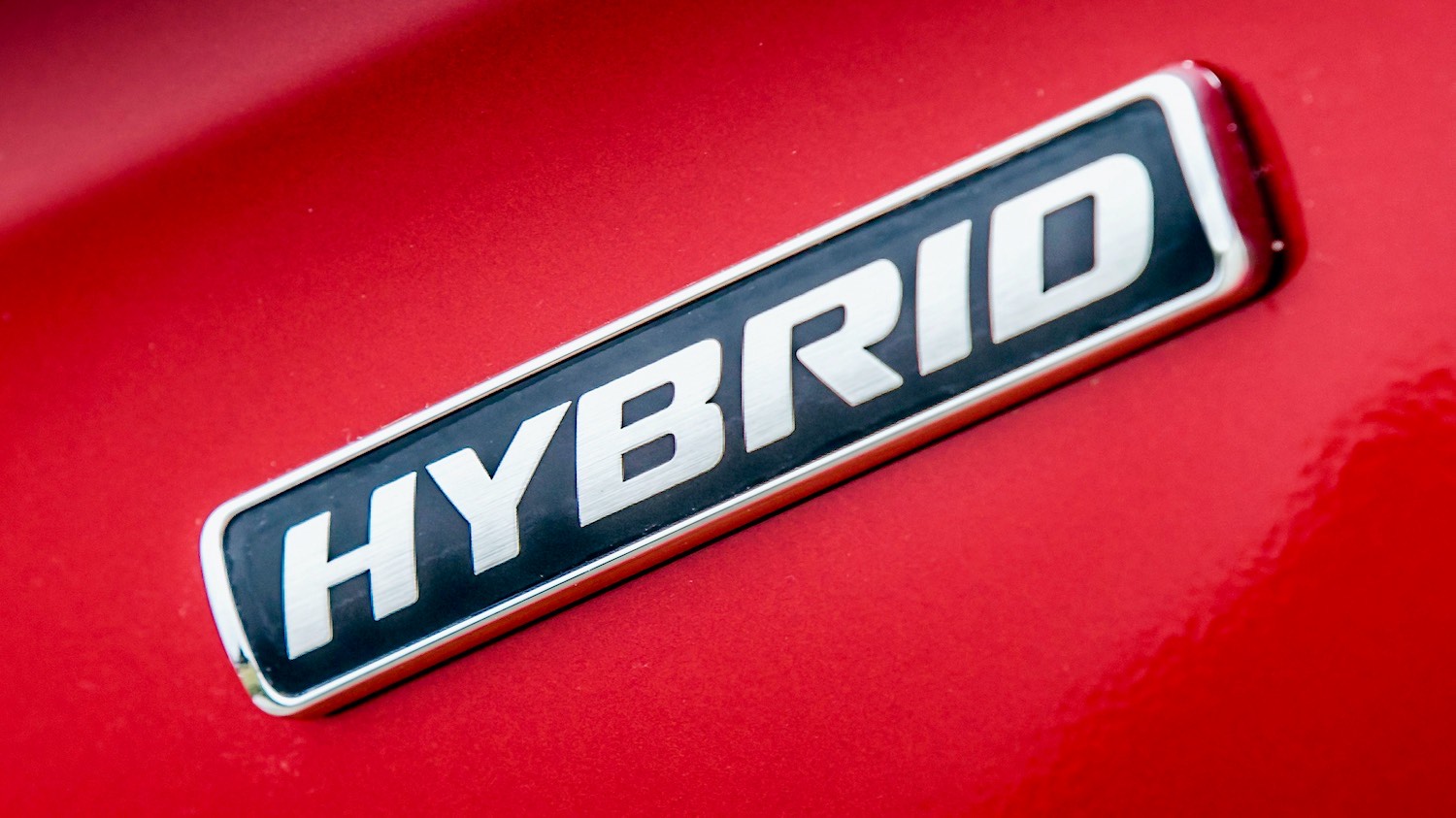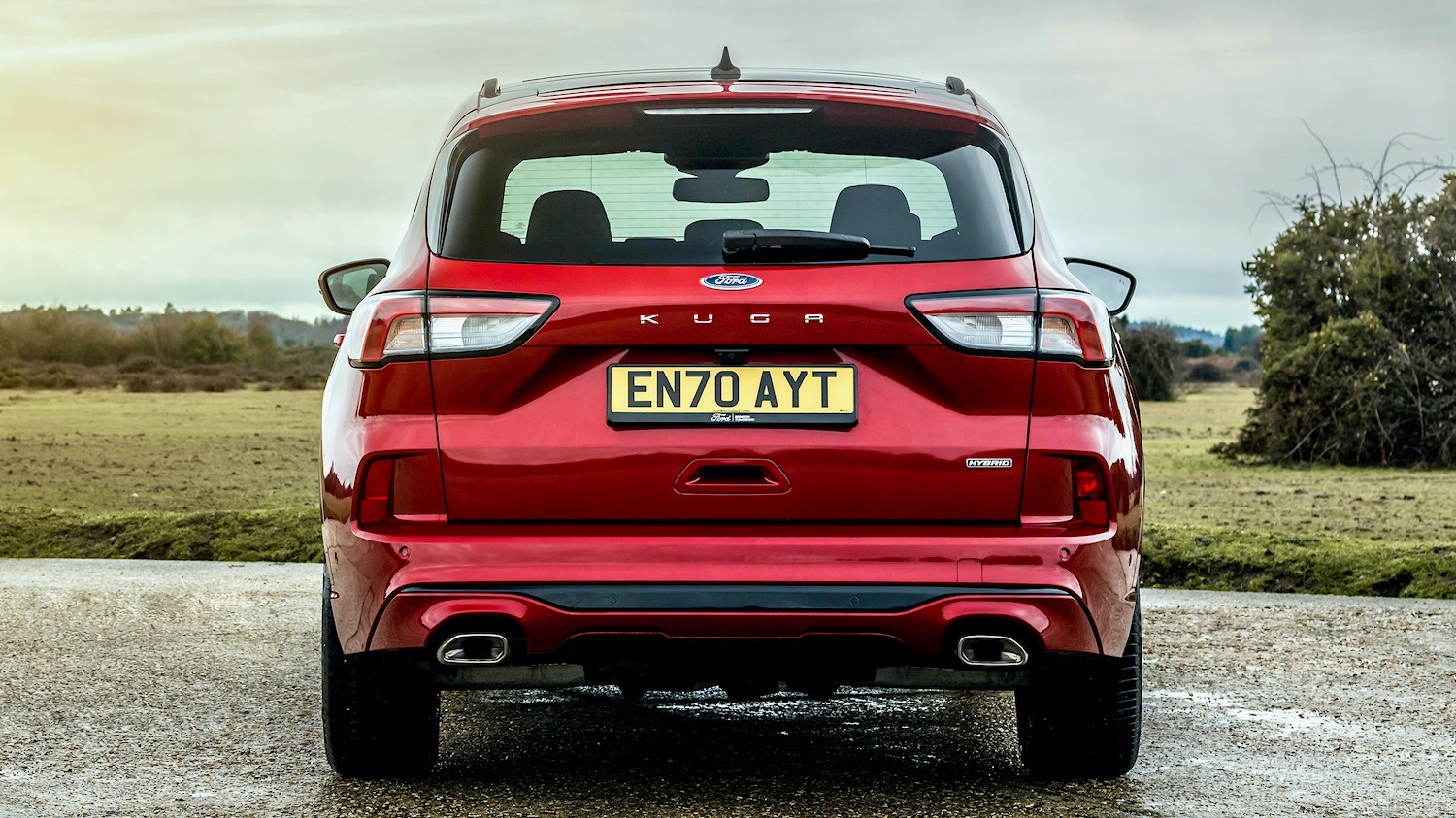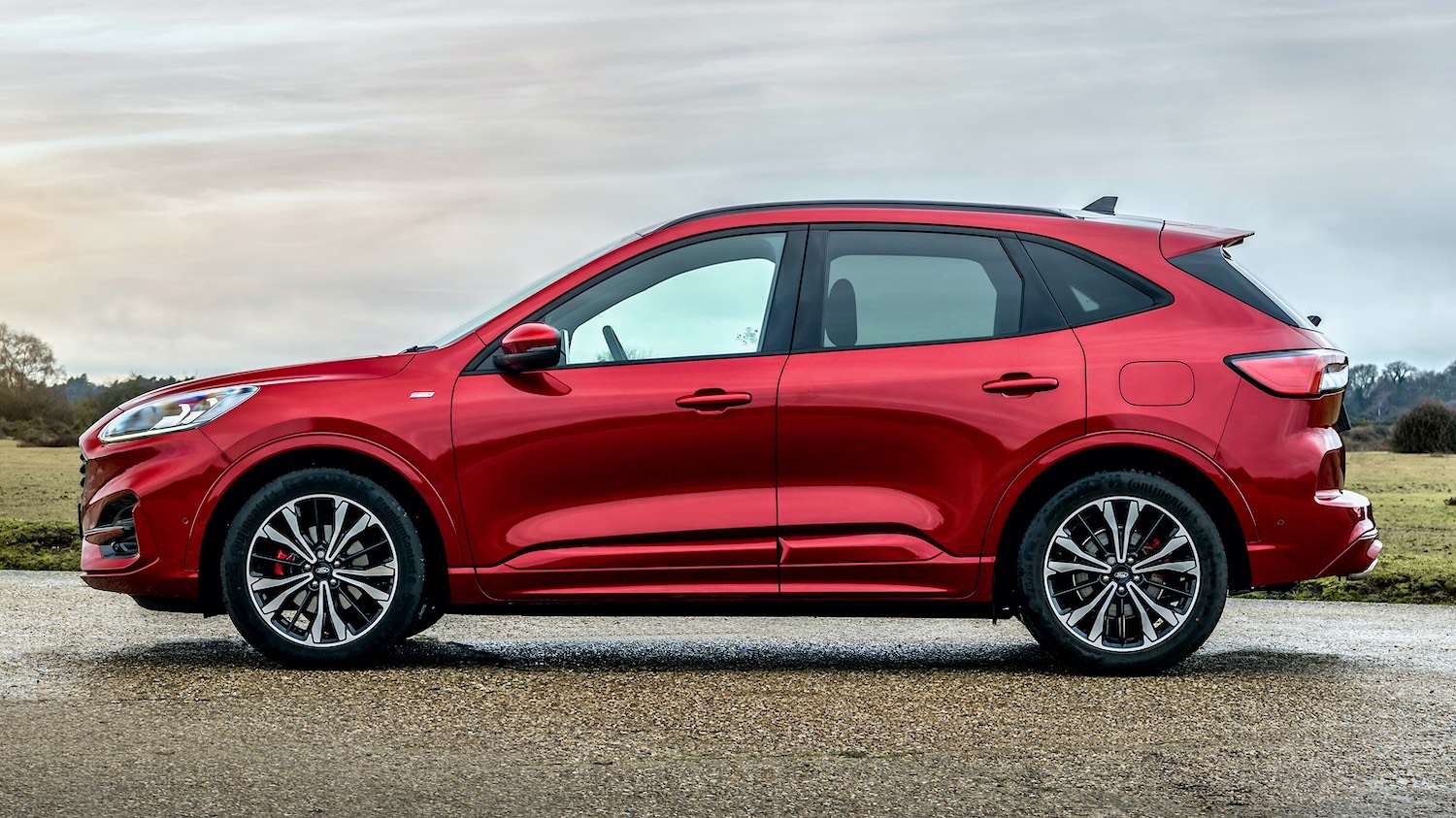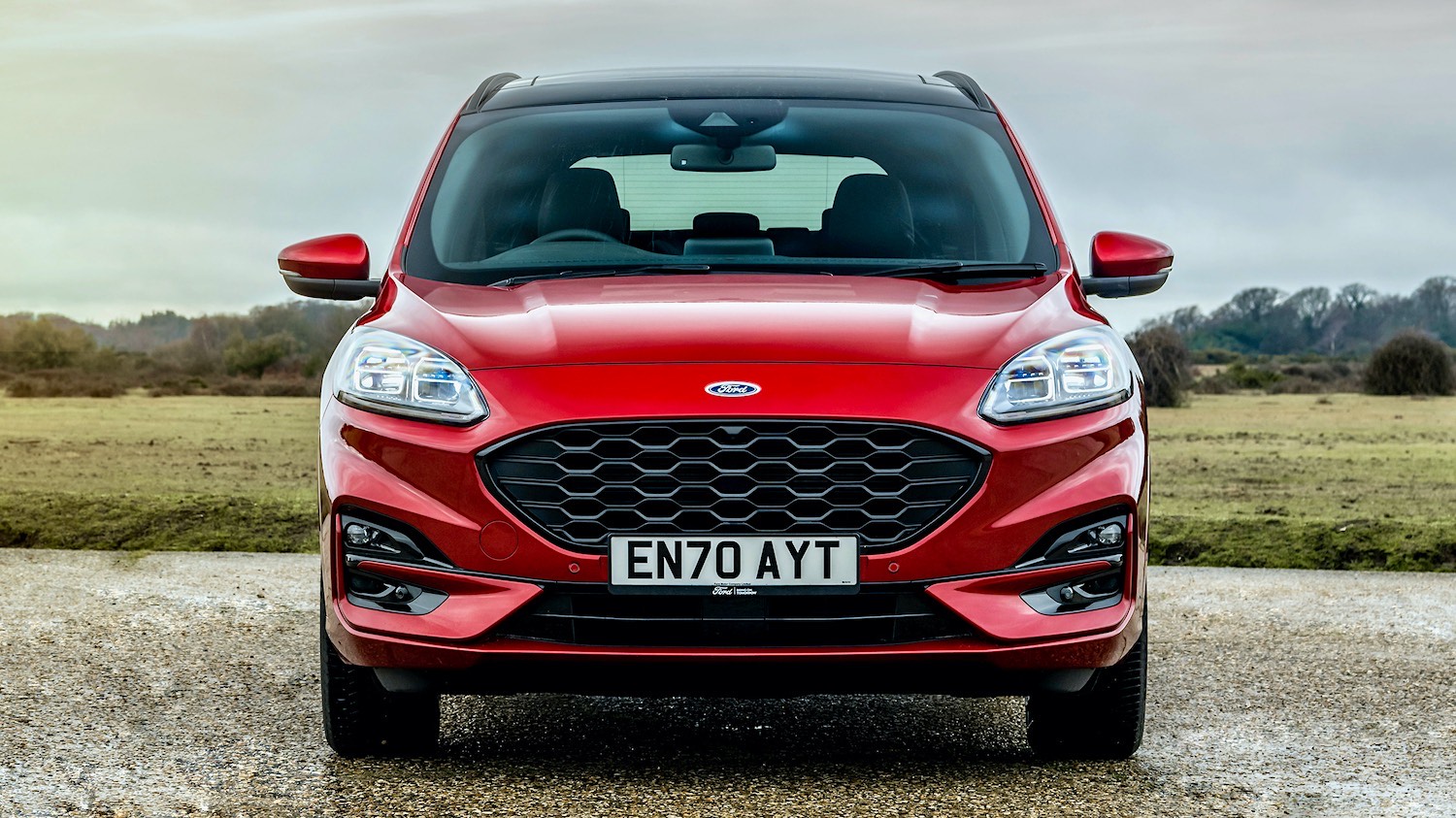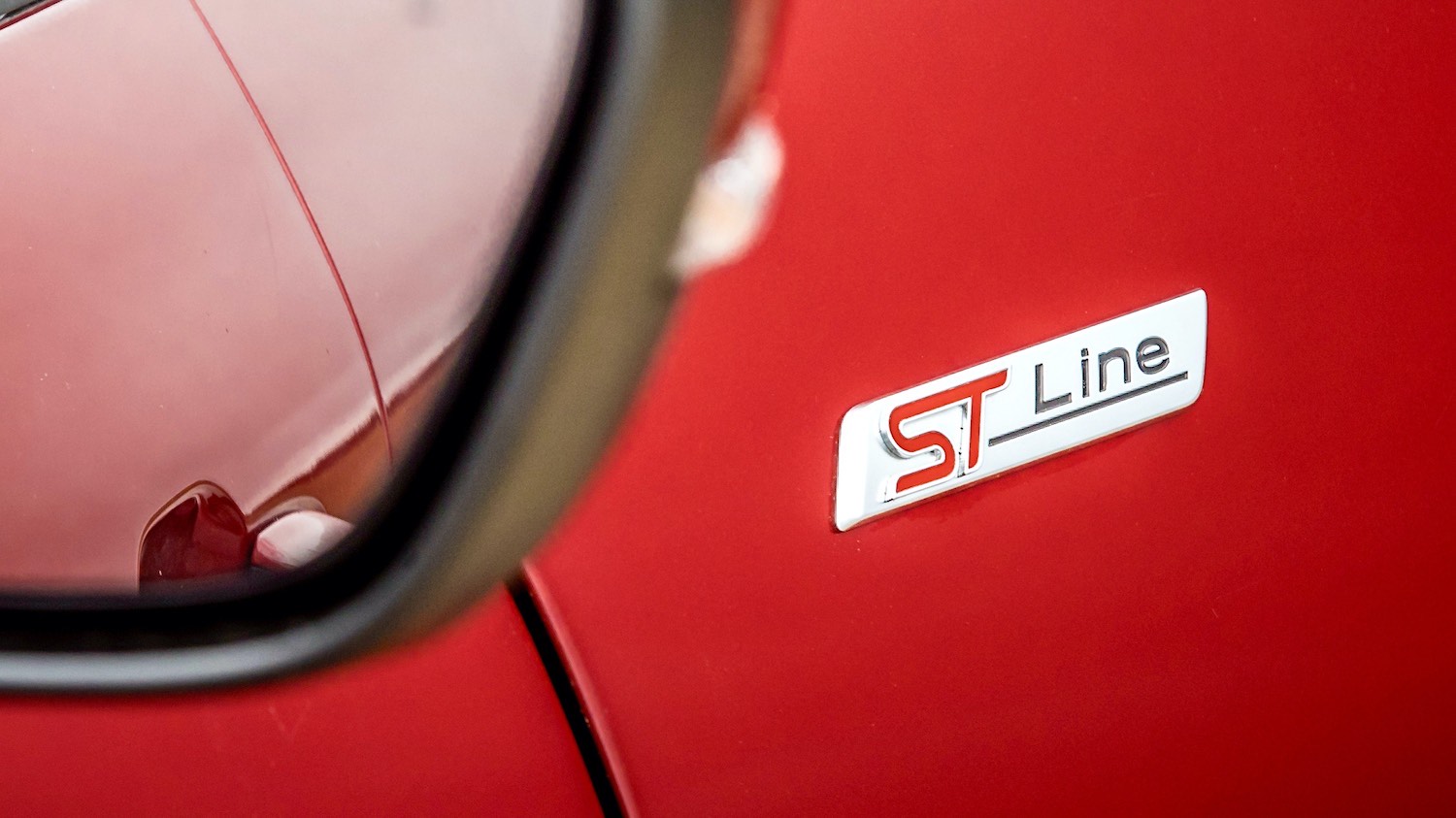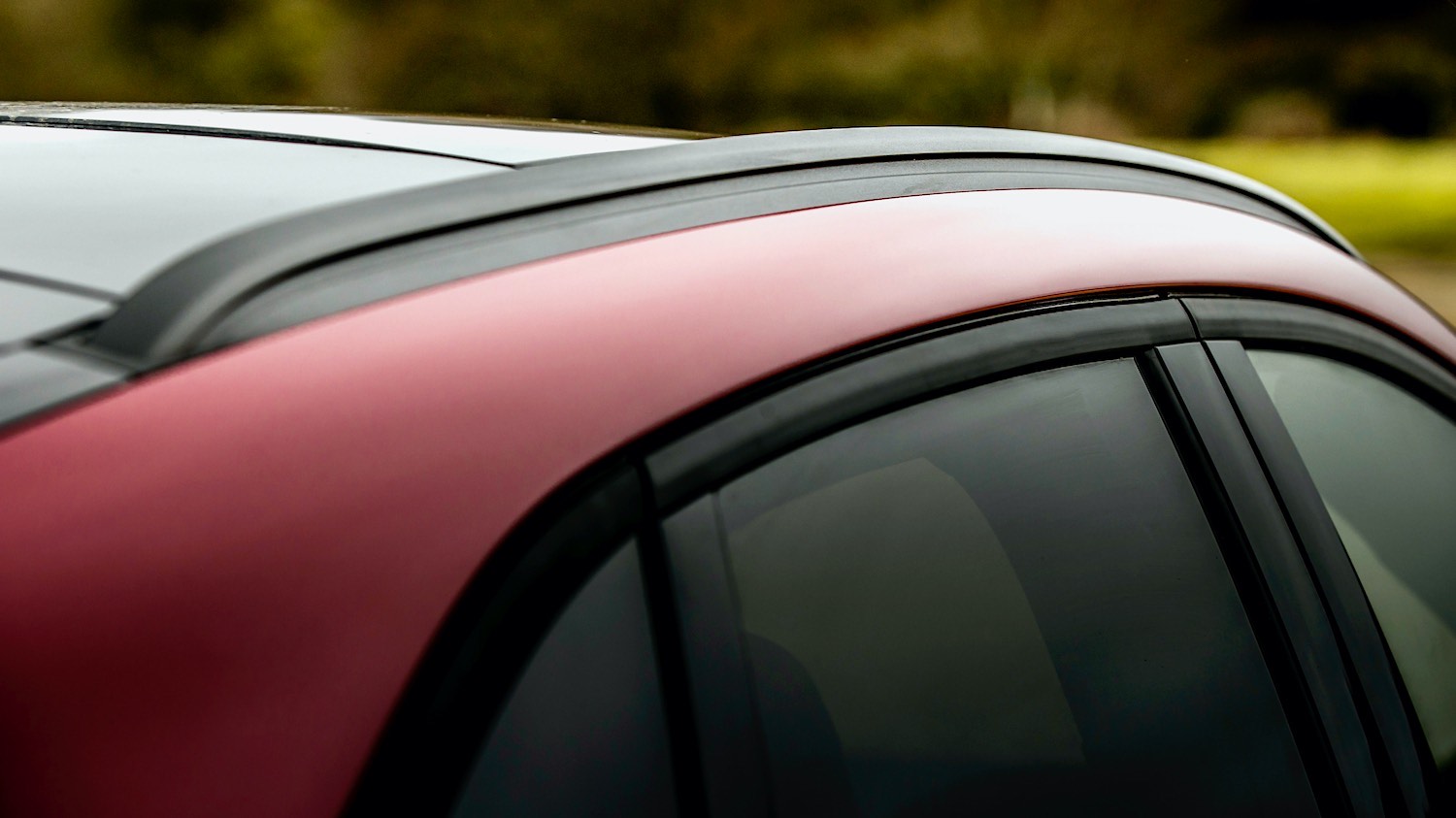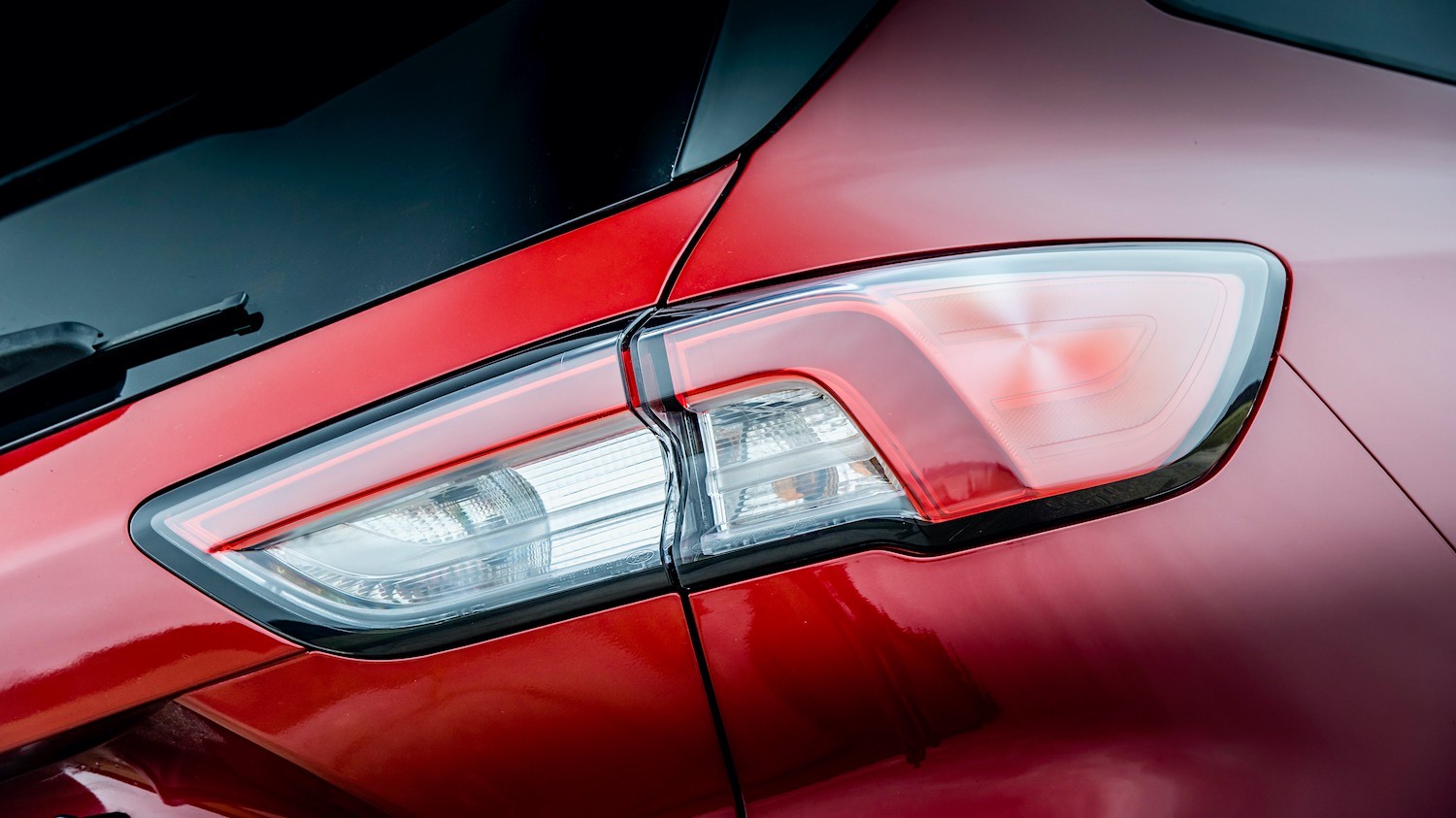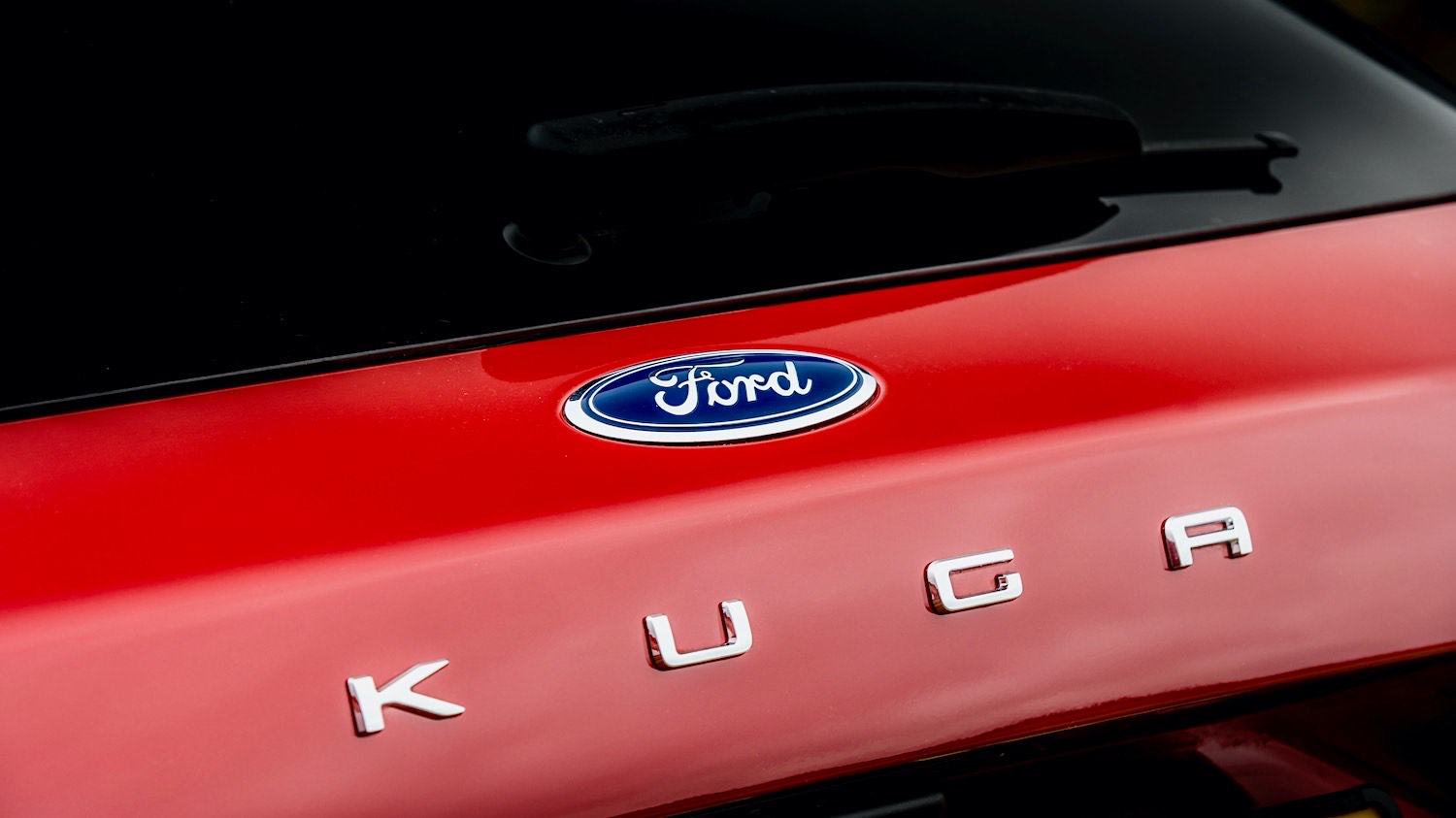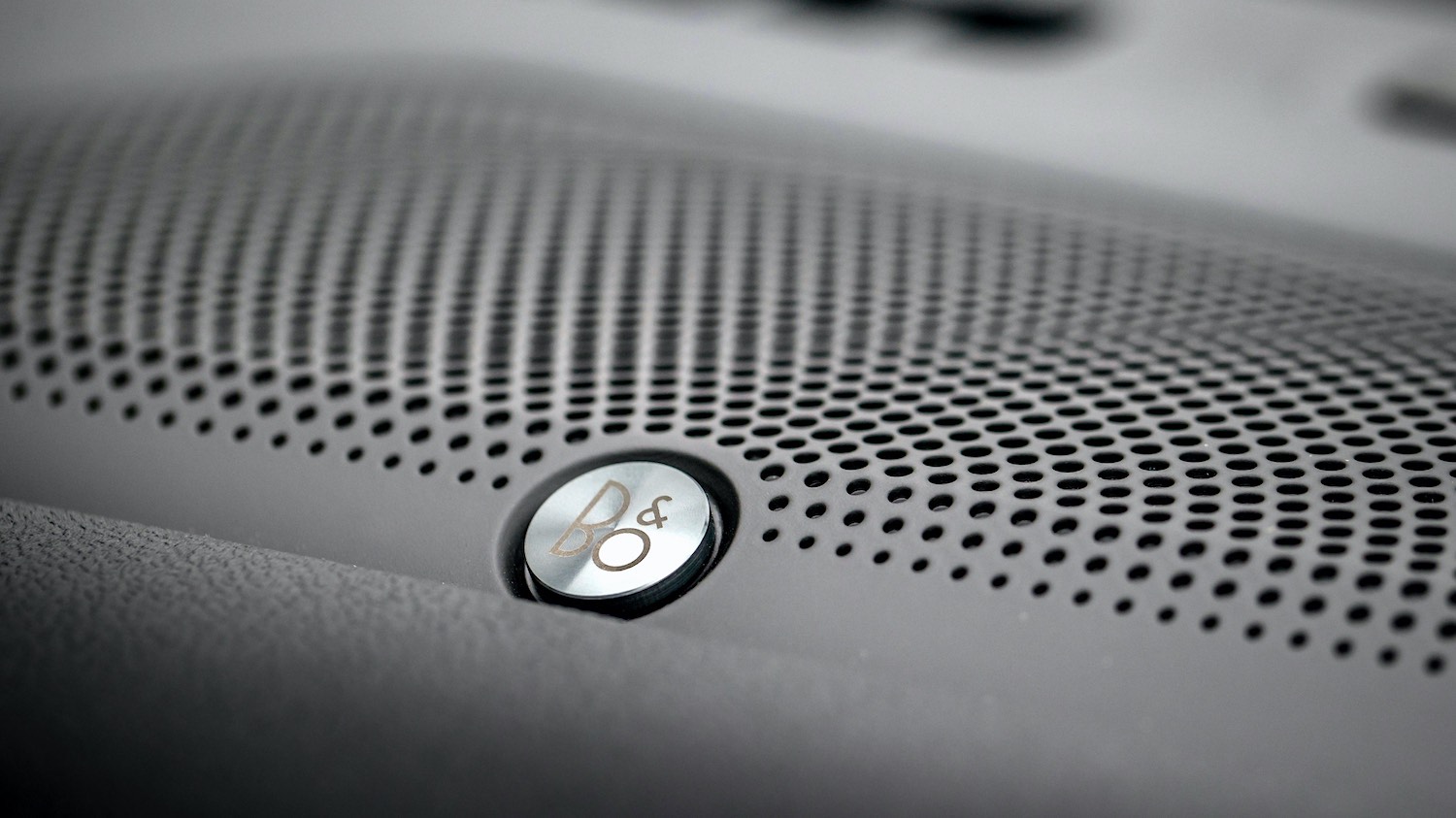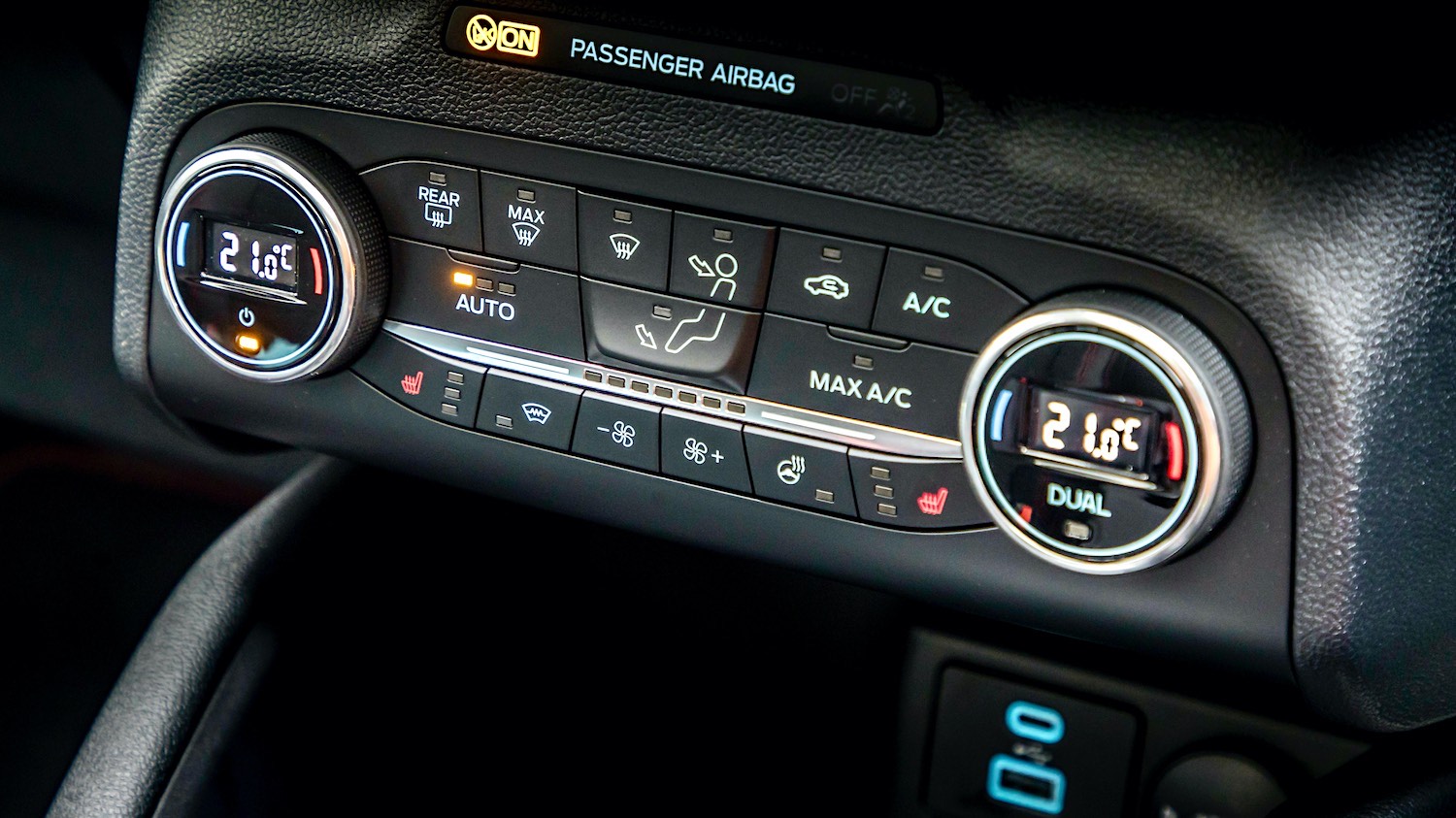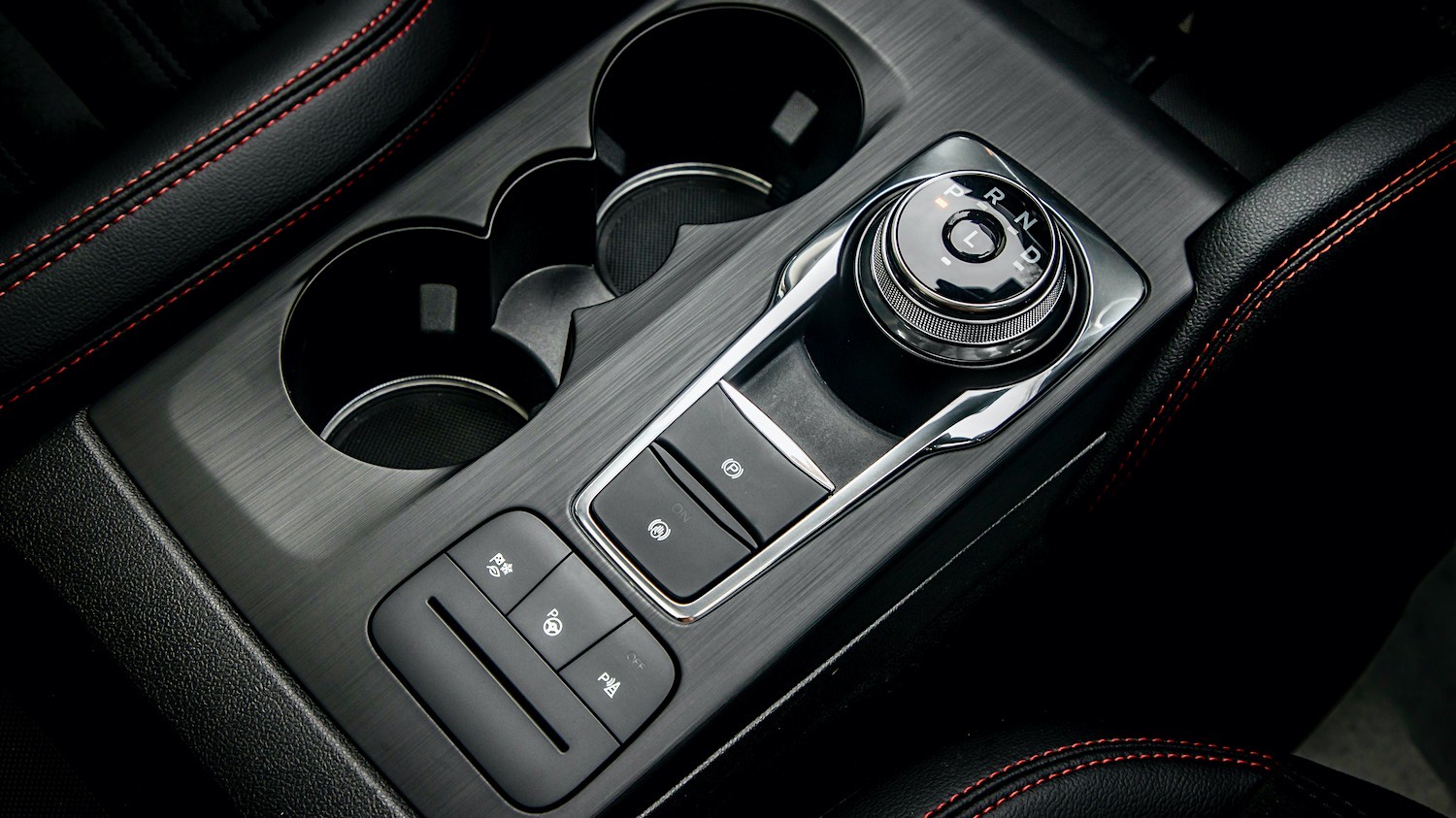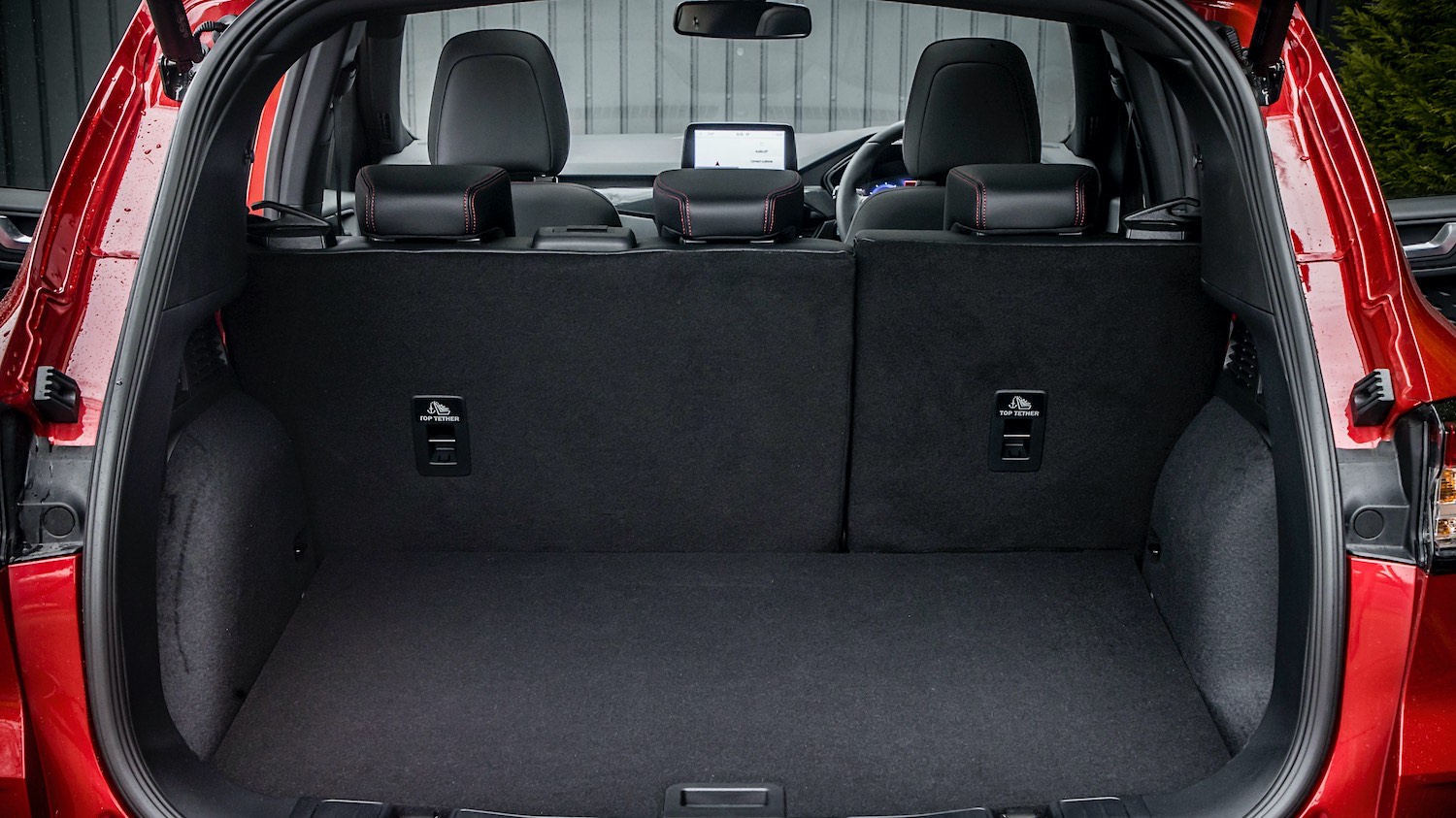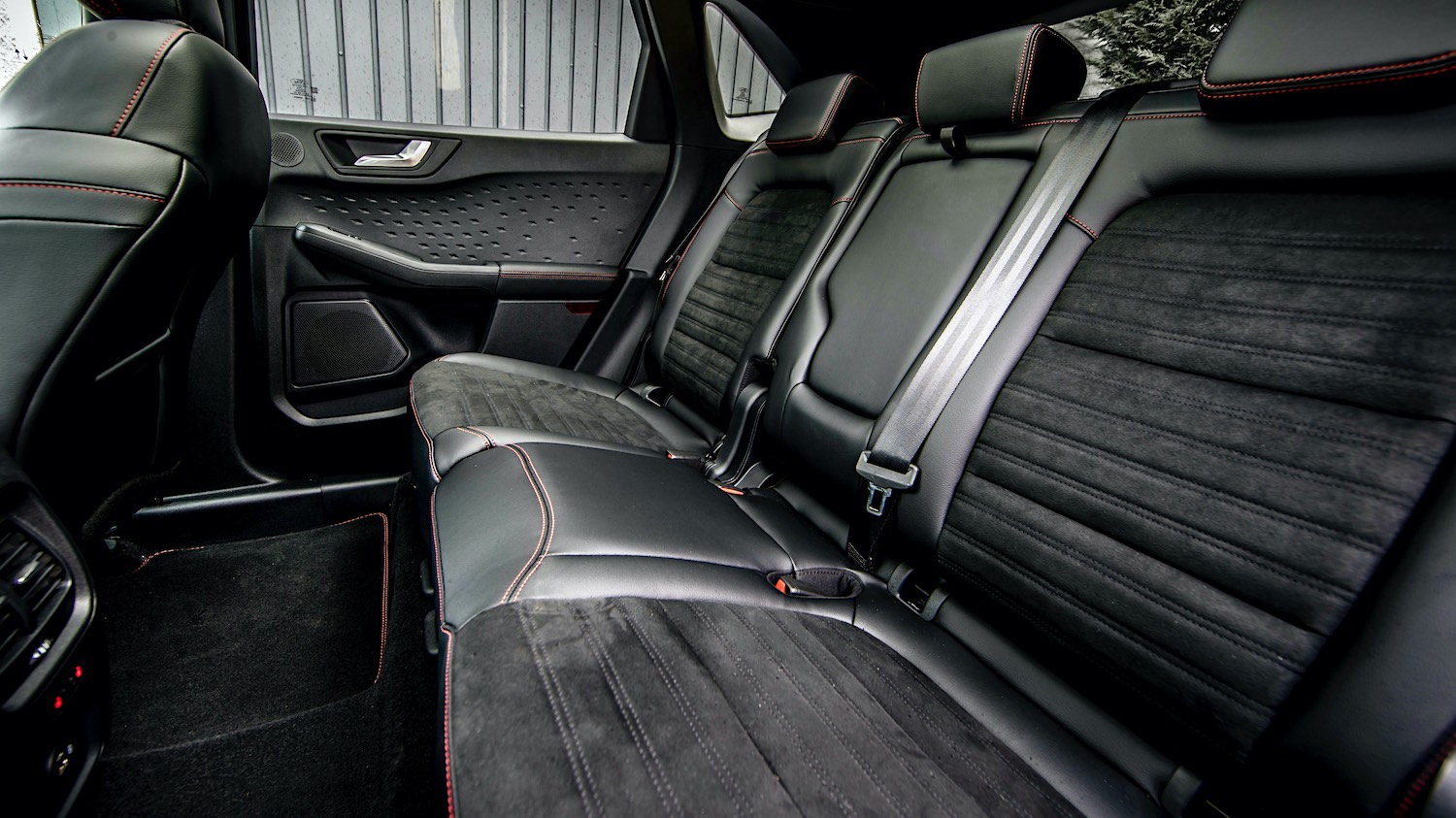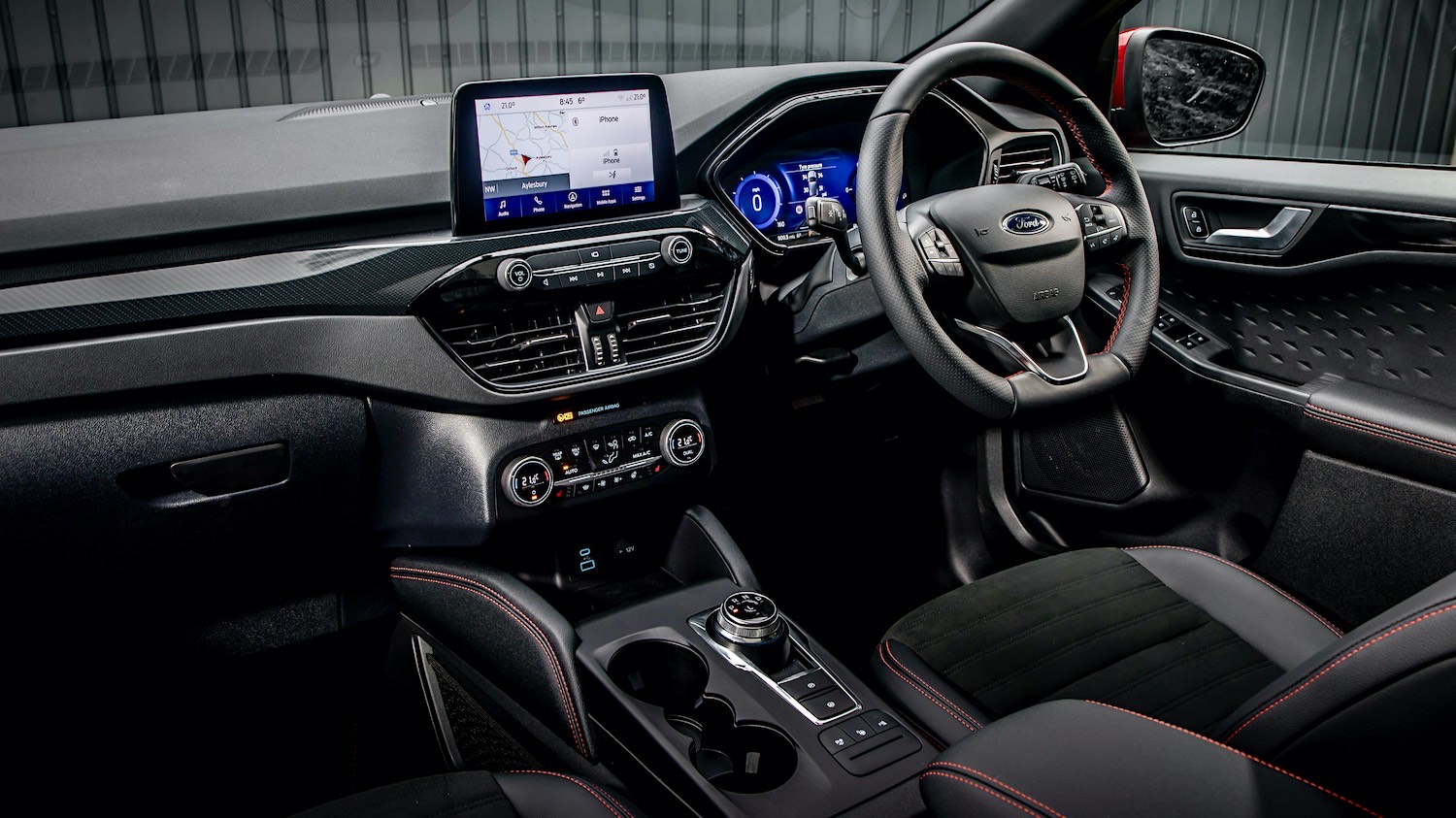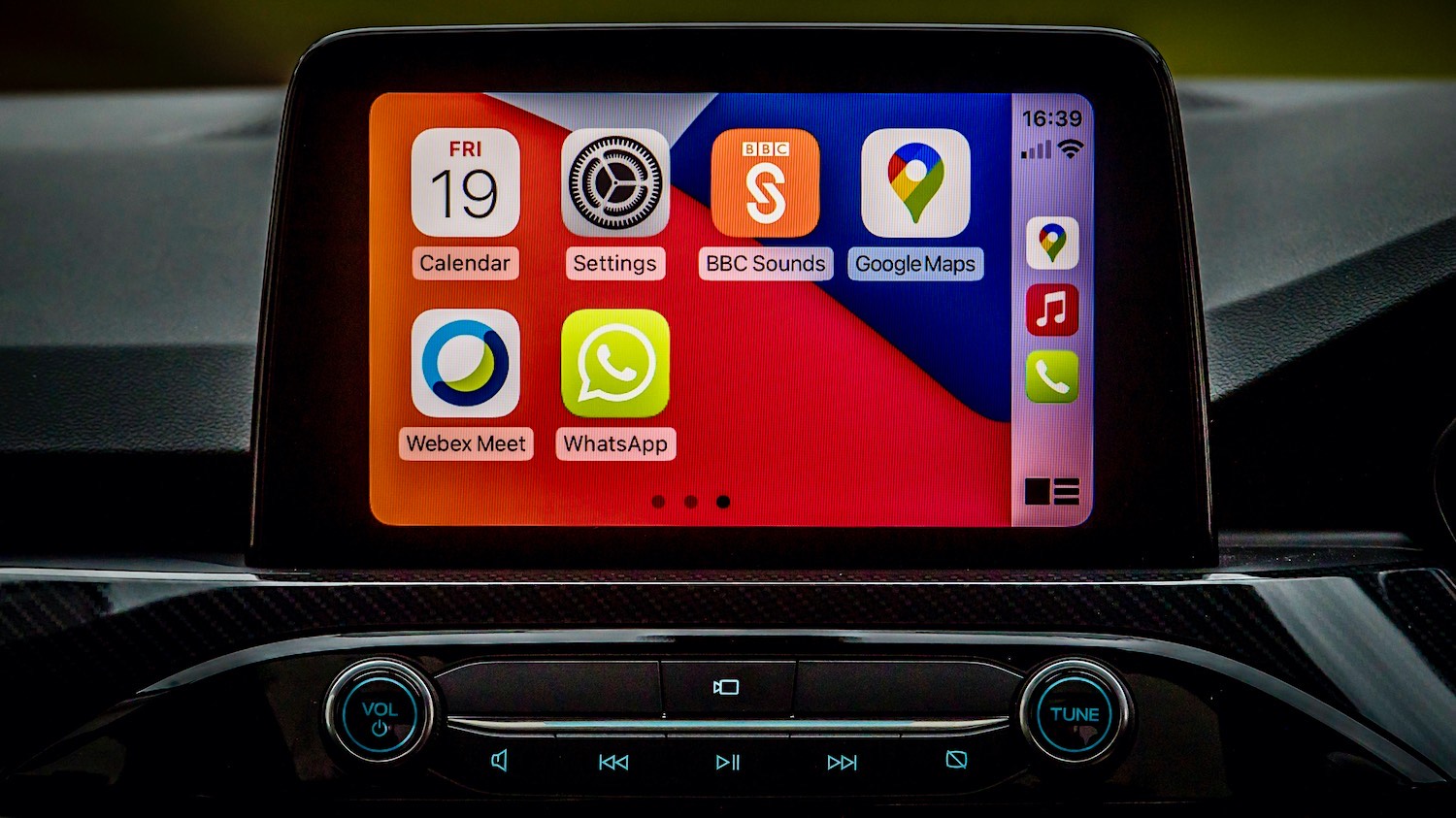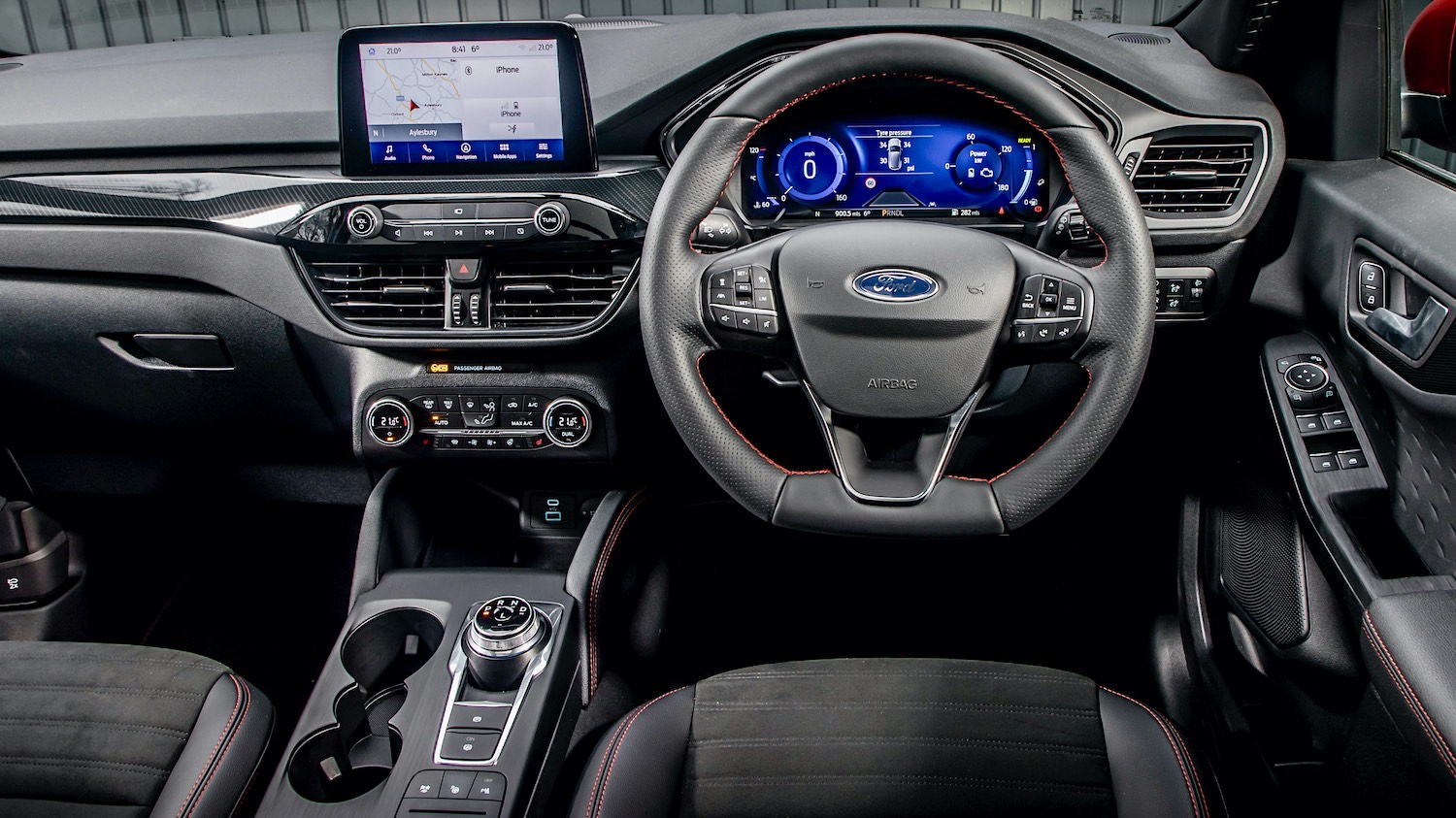The All-New Ford Kuga arrives looking even more like the Focus than, well, the Focus…
The Kuga is the blue oval’s most popular SUV in Europe, and the latest model is one of Ford’s most electrified cars to date. The all-new version of the popular SUV comes with a range of powertrains, but it’s the Plug-In Hybrid (PHEV) in ST-Line X trim that we’ve tested here. If you don’t fancy a PHEV, then you can opt for a mild hybrid, a full-hybrid, as well as diesel and EcoBoost petrol units. A new, continuously variable transmission (CVT) has also been thrown into the mix. Indeed, the Kuga offers even more driver assistance features and in-built comfort than ever before.
The PHEV’s electric motor is paired with a 2.5-litre petrol lump giving a maximum output of 225ps. This translates to a 0-62mph time of 9.2 seconds and a top speed of 125mph in the real world. That’s quick for a five-door family SUV. What’s more impressive is that you can use the Kuga PHEV as a pure electric vehicle for 35 miles until the petrol engine kicks in – and it’ll get up to 85mph in this setting. If you don’t want to use up your electrical energy in one go, it’s not a problem – you can choose how and when to employ the battery using various modes. What’s more, when the battery is on its last dregs of juice, the Ford Kuga automatically switches to “EV Auto mode”. This supplements petrol engine poke with electric motor support, using recaptured power for the best fuel efficiency.
The size of this SUV helps to make it graceful and stress-free to operate. It’s not a goliath, and it’s not tiny either – it really does feel in its comfort zone on British roads. The steering gives the same feeling of confidence at speed as it does in the Ford Focus. But that’s not a surprise as the Kuga uses the same architecture as the latest Focus. The Kuga is lighter and stiffer than it used to be, meaning it handles better than ever. The ride is refined, too. Despite a highish centre of gravity, the SUV’s body feels controlled and calm on twisty roads. There’s so little yawing that you could be forgiven for believing you were in a Focus. However, it should be noted that this lack of roll is also partly due to the stiffer dampers and springs fitted to the ST-Line X variant, as tested here. The car is also relatively wide, which helps stability on the road.
In town, the Kuga Hybrid is a doddle to manoeuvre in small streets, thanks to its easy steering. Parking is undemanding, too. Ultimately, there’s not much to moan about – the SUV will be comfortable to live with every day in the UK.
There is little doubt that the all-new Kuga is a refined SUV. It’s more than primed to take on the decade with an interior that looks and feels like it’ll survive many years of use. Road and wind noise are well muffled, so you won’t find these two factors are an issue at motorway pace. The repression of these uninvited sounds is due to effective insulation and the materials used in the Kuga’s cabin.
The family SUV comes fitted with powered lumbar and height-adjustable semi Sensico sports seats as driven here in ST-Line X guise. It also boasts an electrically operated panoramic sunroof, as well as electronic air temperature control, navigation and a B&O sound system with more speakers than you can shake a stick at. Oh, and when you’re in the right frame of mind to stamp on the power hammer, the bolstering in the ST-Line X’s seats gives proper support when entering bends.
Furthermore, there are fewer buttons than there used to be in former Fords, and you get a digital 12.3-inch instrument cluster with a bright and easy to read display. You can also link up and use your Apple or Android smartphone through the SUV’s infotainment system.
On the ST-Line X, you get a sporty steering wheel with red stitching, along with aluminium scuff plates with ST-Line lettering and alloy pedals. Overall, the SUV’s trim is of decent quality, with digital dials and wireless charging, adding a high-tech aspect to the cabin. Unfortunately, while it all looks and feels good, there’s quite a lot of cheap plastic shoe-horned into the lower part of the interior. It’s a shame, but it only spits, rather than rains heavily, on the overall parade.
When it comes to the driving position, well, it’s bang on because it’s high enough to give you an excellent view of the road ahead. The Kuga’s powerful audio system also helps to keep you entertained and in good spirits at the wheel.
There’s ample room in the front of the Kuga for driver and passenger, and you’ll get three in the back at a push. So yes, four occupants will be comfier than the five the SUV is billed to carry – but it’s a similar story for most vehicles in this segment.
The split-fold rear seat now glides backwards and forwards by 150mm, enabling you and your onboard crew to make that first world decision: should you have more space for your legs or more for the luggage in the boot? It’s a terrible dilemma – but it’s a nice problem to have. With the seat ratcheted all the way back, a very long-legged human won’t have cause for concern. The cargo area will still hold up to 411-litres of luggage in this situation. And if you’re desperate to make more room for whatever you want to stuff in the boot, then you can make use of a maximum of 581-litres of space with the seat slid as far forward as possible. It’s worth noting here that you can get even more capacity with a non-PHEV Kuga – as much as 645-litres. This is because the battery eats up some of the PHEV’s load area.
As well as buying or leasing the new Kuga for its modern interior and looks, you’ll want it for its economy. You see, the PHEV will do an alleged 201.8 mpg if used by the book. The way the Plug-In Hybrid works to achieve this is complicated. But, basically, PHEVs have the functionality of full hybrid tech, with the extra advantage that they can be powered up from an outside electricity source (for example, you can get the Kuga fully charged in six hours if you plug into a domestic supply).
As a full hybrid, PHEV tech uses two power supplies, toggling between the car’s battery-powered electric motor and its petrol engine. But, because the PHEV mostly counts on charging externally, once the battery is almost exhausted, the car acts like a hybrid, with the petrol unit operating when required. A PHEV has a bigger battery compared with Ford’s other hybrid products. This enables you to drive longer on pure electric power, with the new Kuga capable of travelling up to 35 miles with no emissions. As hybrids, PHEVs can also regain energy when reducing speed or braking (power that would be otherwise lost) to help boost the battery. What we’re saying is that the Kuga PHEV won’t cost you much to run at all. It’ll even do late 40s mpg when the battery has run out of juice!
What’s more, the Ford is chockfull of technology, helping to make sure you and your fellow occupants always stay looked after. There’s a full accompaniment of aids that support vehicle control on the move and in poor conditions, as well as during critical manoeuvres. There’s a whole bunch of airbags to soften the blow in the event of a smash, too.
Indeed, the all-new Kuga has been given the highest five-star safety score by the crash-test body, Euro NCAP. In addition, the SUV scored highly (92%) for adult protection, and it was awarded full points in both the side pole and side barrier impact assessments.
To enhance your investment, the All-New Kuga comes with a three-year or 60,000-mile warranty. The Kuga PHEV’s high voltage battery is also guaranteed for eight years or 100,000 miles. If that’s not enough for you, the Plug-In Hybrid’s high-voltage components have a five year/60,000 warranty as well.
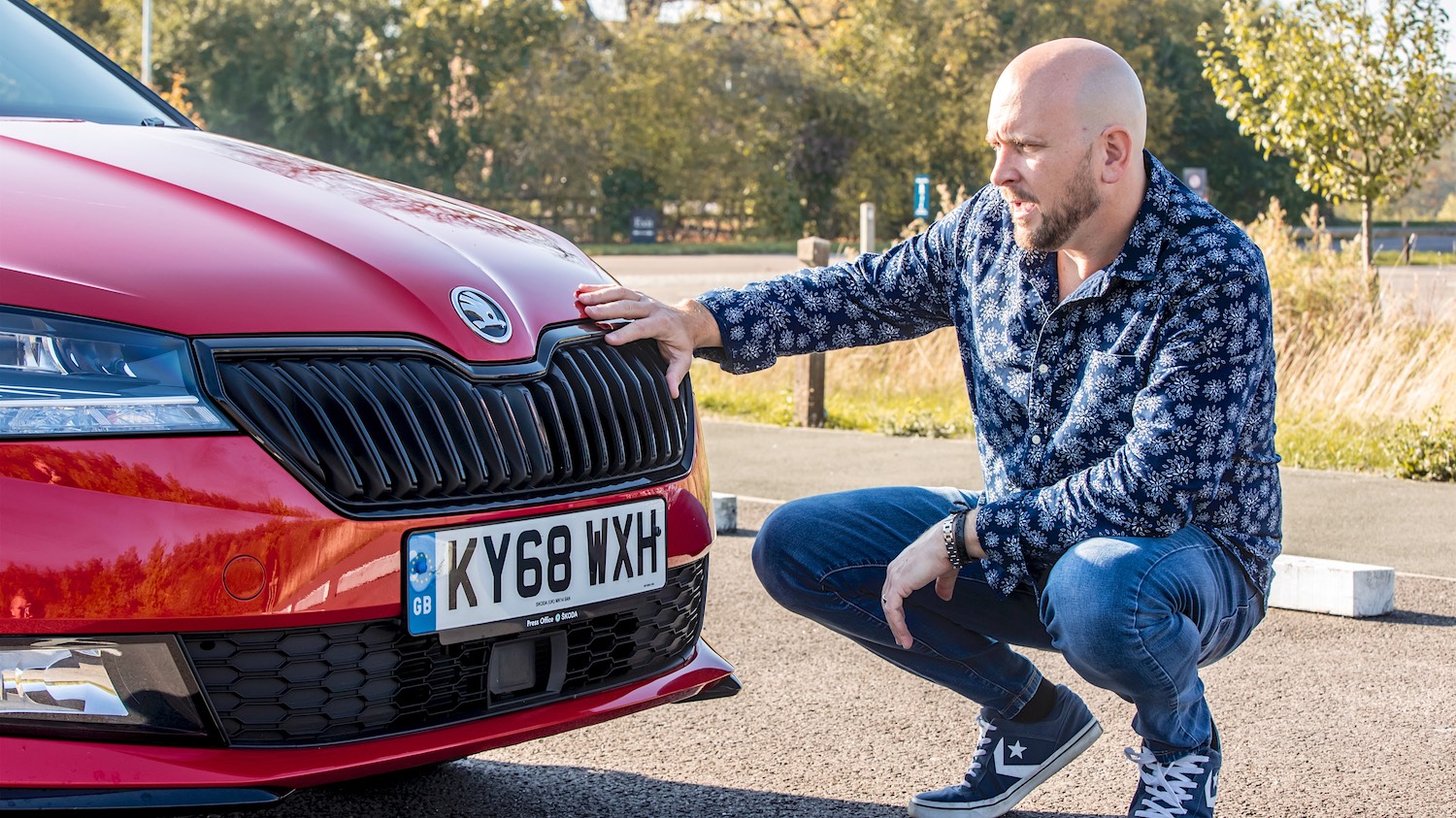
Tim Barnes-Clay
Motoring Journalist
Tim Barnes-Clay qualified as a journalist in 1994 and is a member of the Midland Group of Motoring Writers. He initially trained in broadcast journalism and has worked as a reporter and news reader at various radio stations in East Anglia and the Midlands. He has also been a motoring journalist for the Mirror Group’s L!ve TV cable network and a presenter, reporter and producer at ITV Central in Birmingham. Tim is now an automotive writer, focusing on car reviews. He has media accreditation with all motor manufacturers’ press offices, and this enables him to test drive the latest cars. He also attends new vehicle press launches at home and abroad.
What the others say on YouTube
A selection of the latest video reviews of this car….Just click to watch on this page.
Recent Reviews
The latest cars, suvs and crossovers reviewed by our experienced journalists.
Nissan X-Trail e-Power, takes charge
The Nissan X-Trail e-Power, no need to charge this one Car Reviewed: Nissan X-Trail e-Power Tekna It’s been some time since the first Nissan X-Trail, 23 years in fact. In 2001, Nissan loaded up its commercial rifle and aimed it at Toyota’s Rav4 and Land Rover’s Freelander. The X-Trail was considered a better drive than…
Ford Puma ST mHEV, the mildly hot one
The Ford Puma was at the top of Britain’s car sales in 2023, it’s easy to see why Car Reviewed: Ford Puma ST EcoBoost mHEV 7 Speed Automatic Ford has a soft spot for the Puma, first considering using it for a performance version of the Escort and then putting it on the 1997 compact…
Life with a Ford Focus Active 1.0 EcoBoost
The stars were clearly aligned when the Ford Focus Active was dropped off Car Reviewed: Ford Focus Active 1.0-Litre EcoBoost I had a hectic week ahead. Being a motoring journalist can be excellent. One week, I could be driving a range-topping hybrid that gets over 100mpg, while the next could present a gas-guzzling 12mpg brute…
